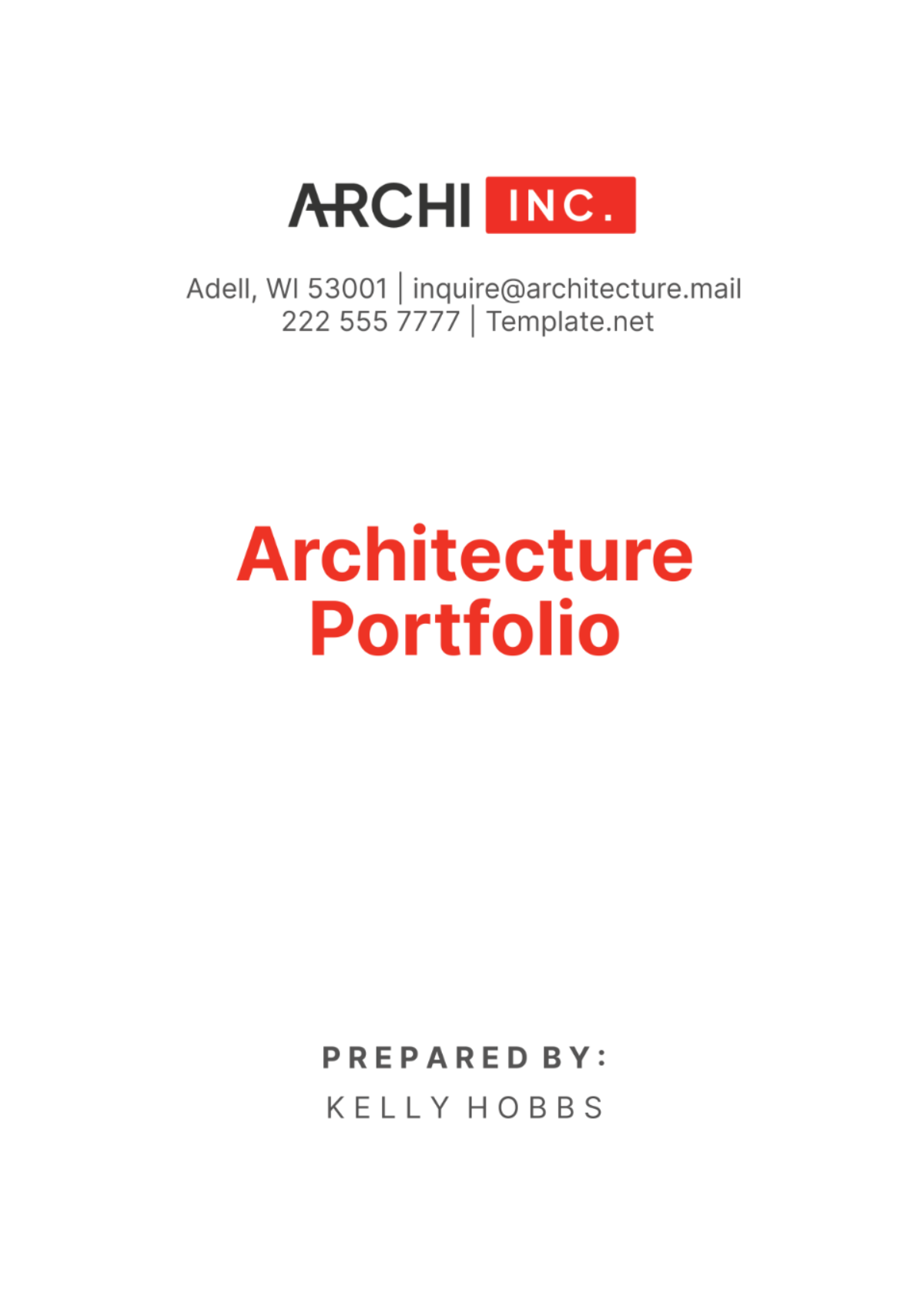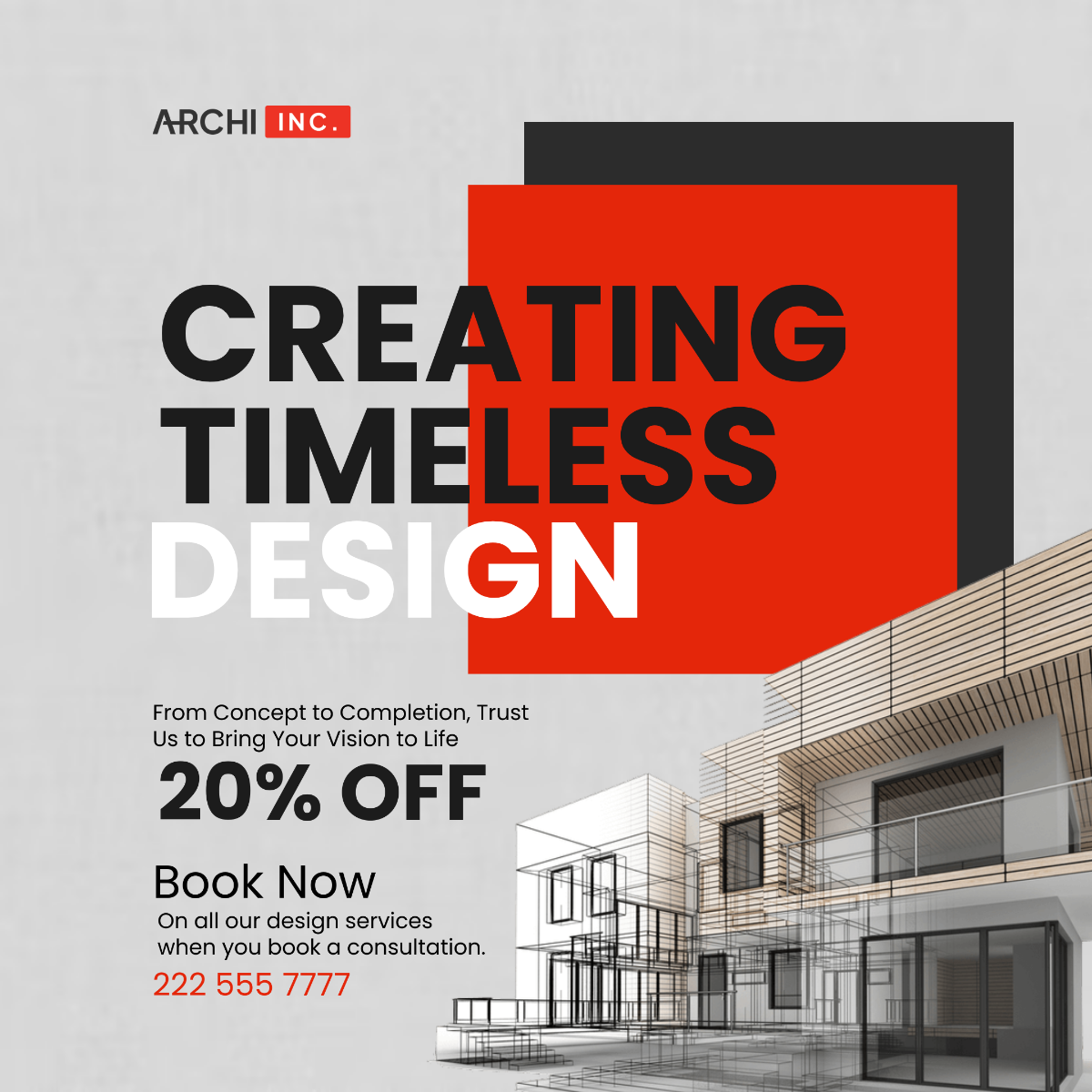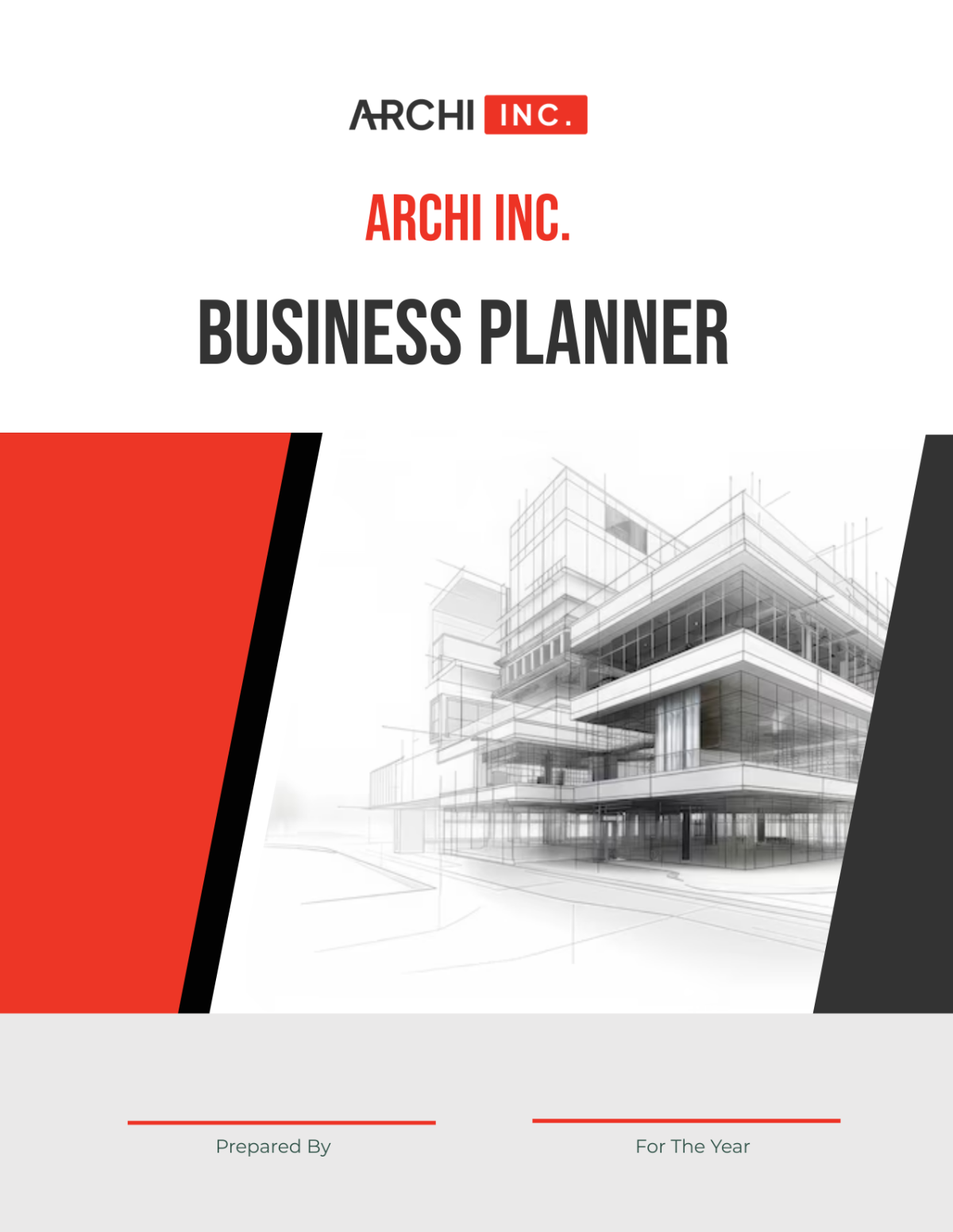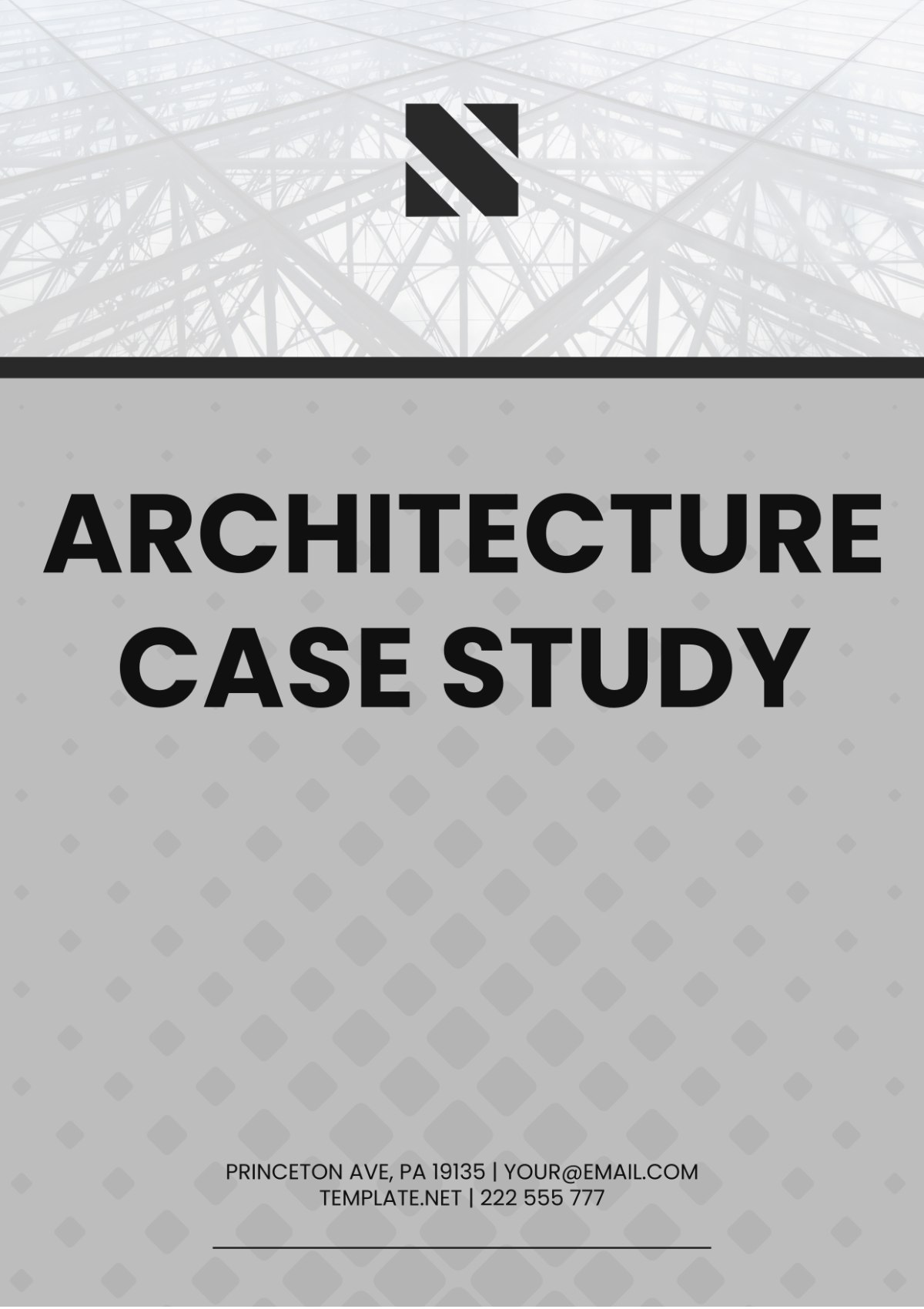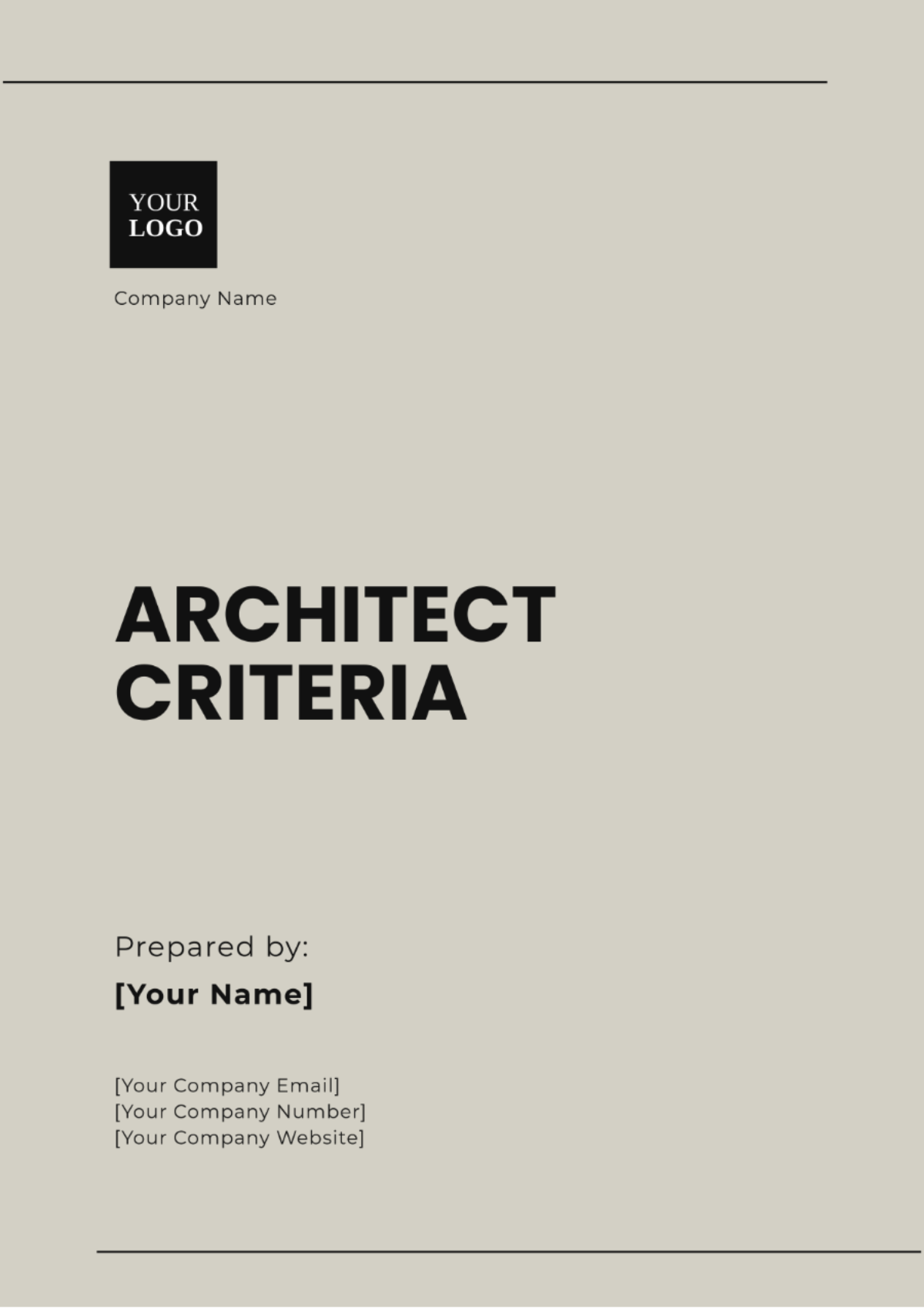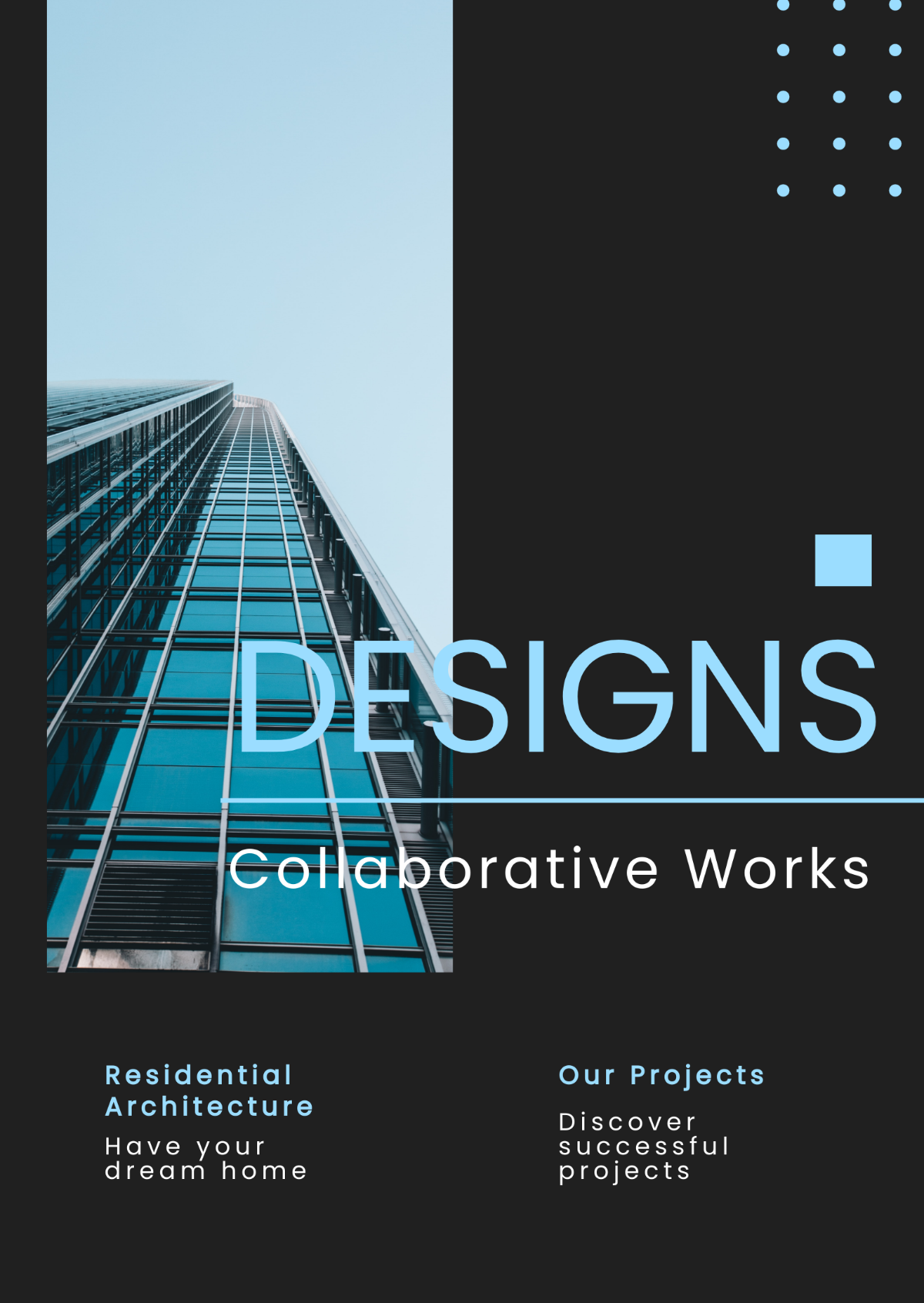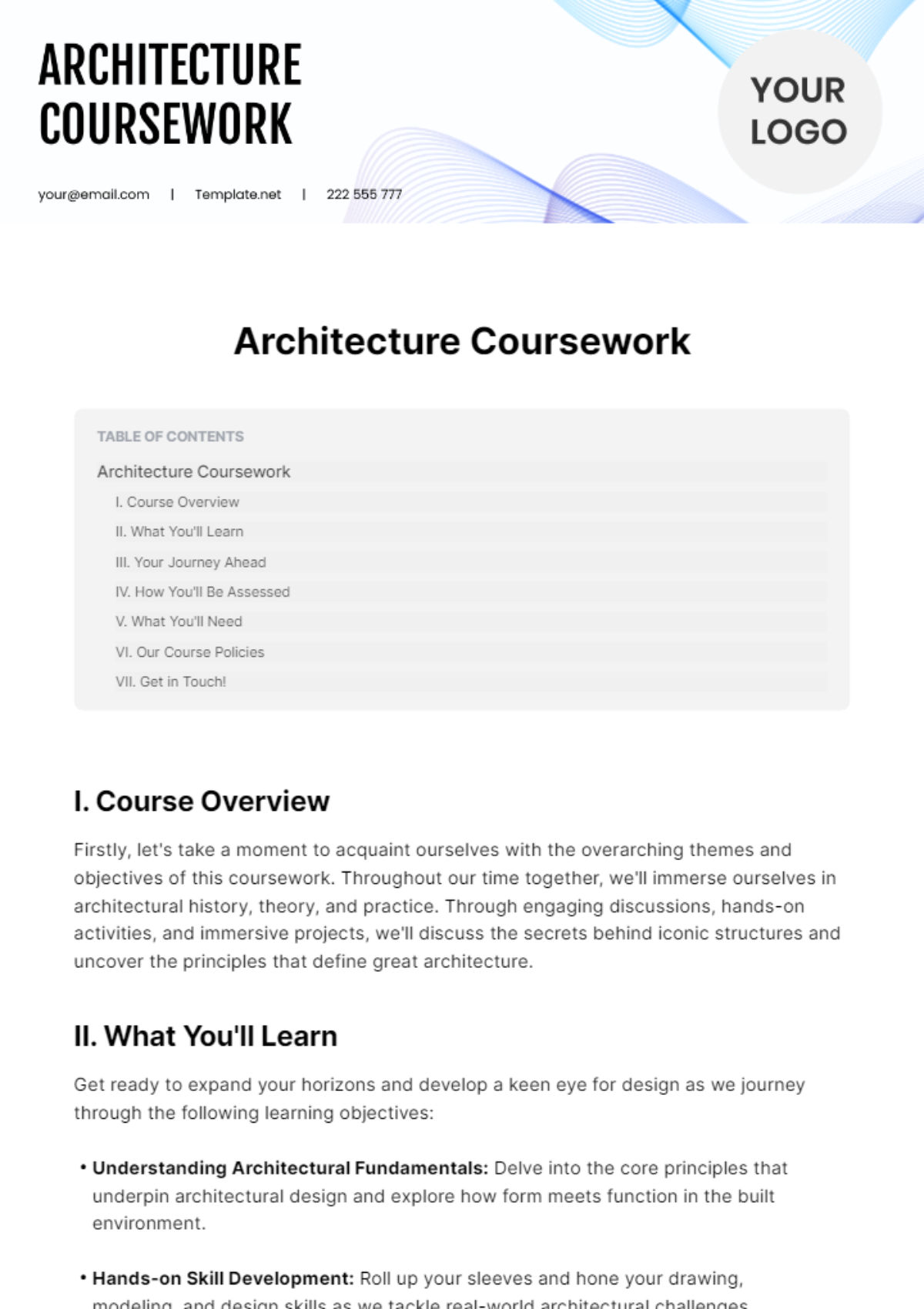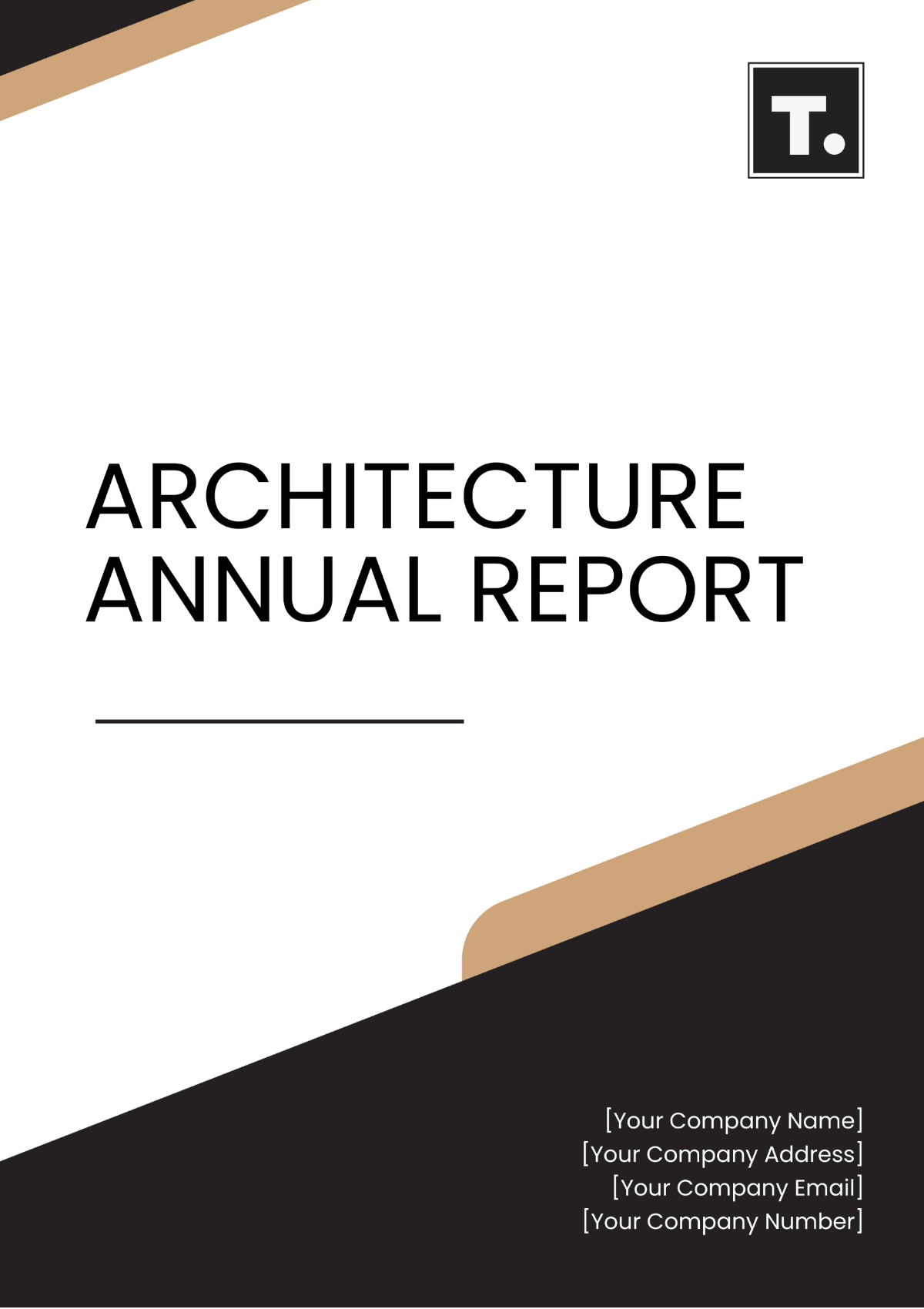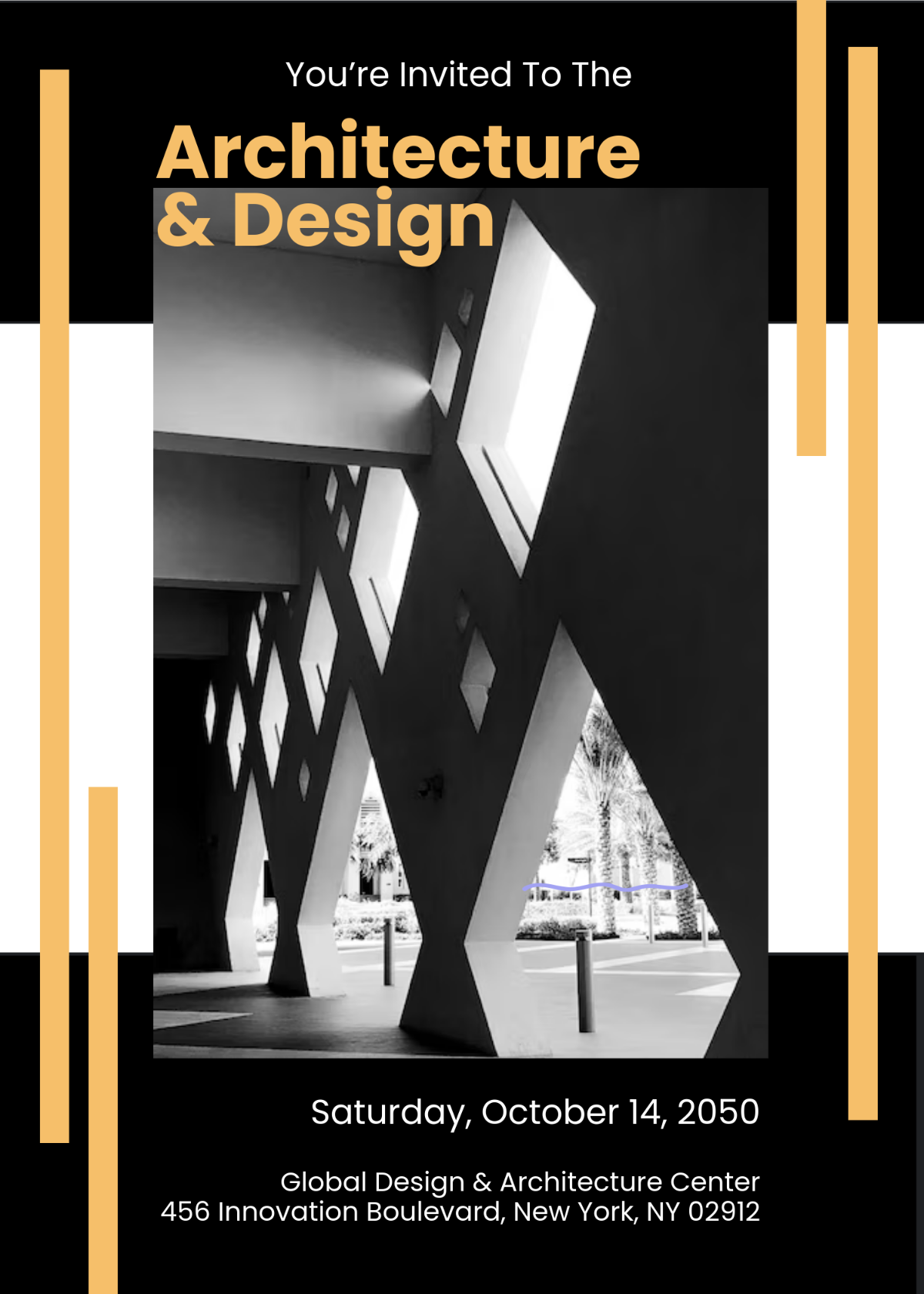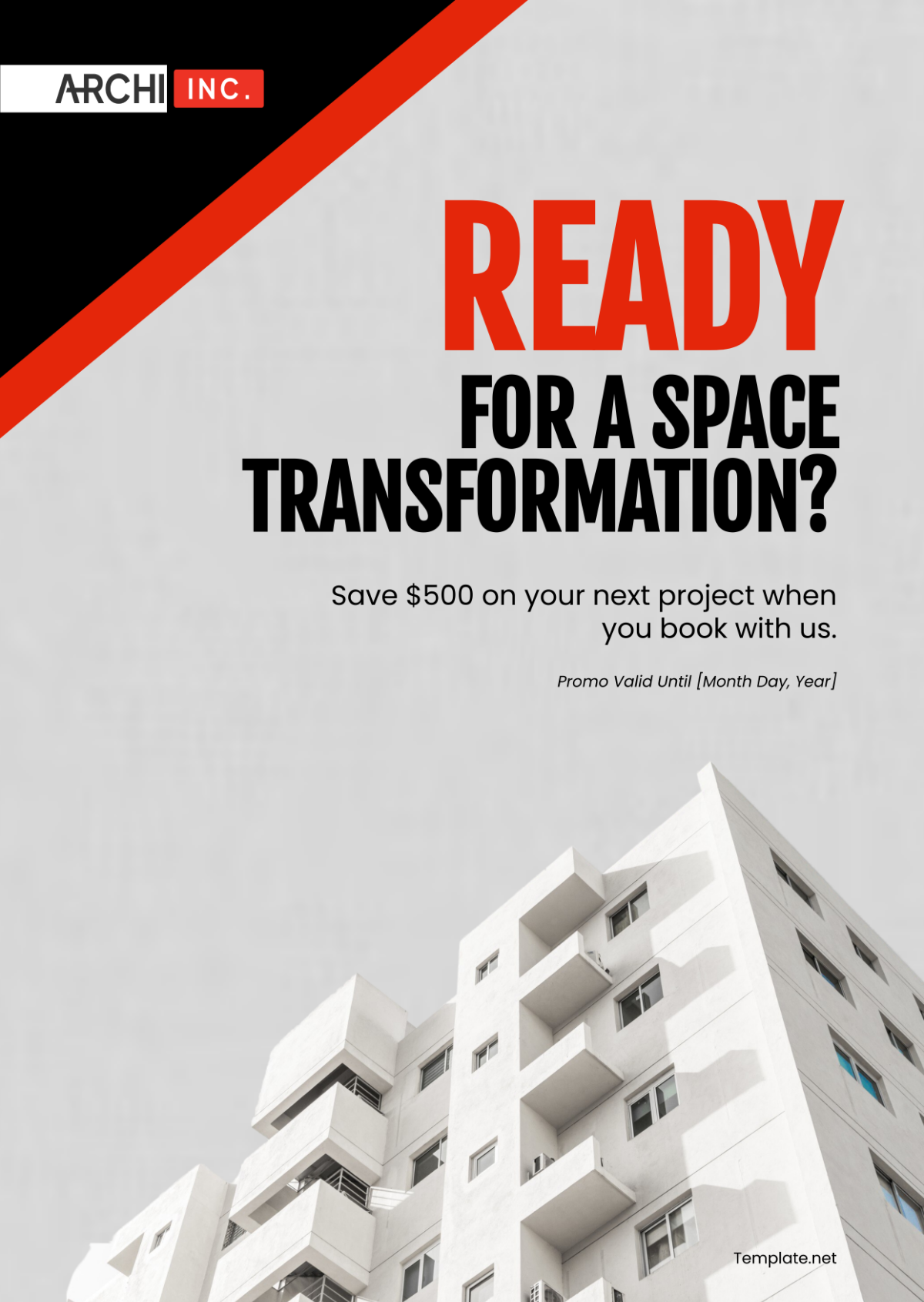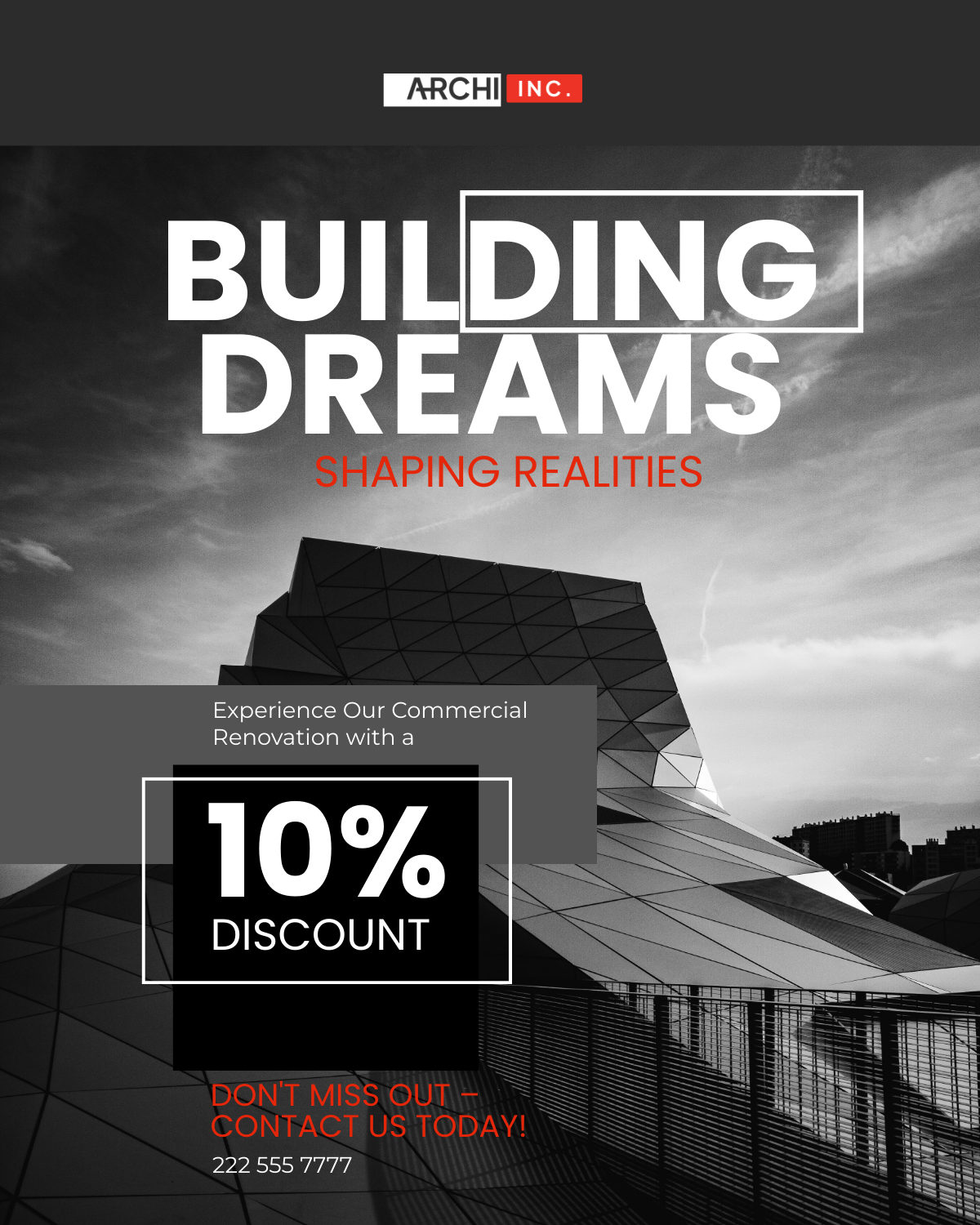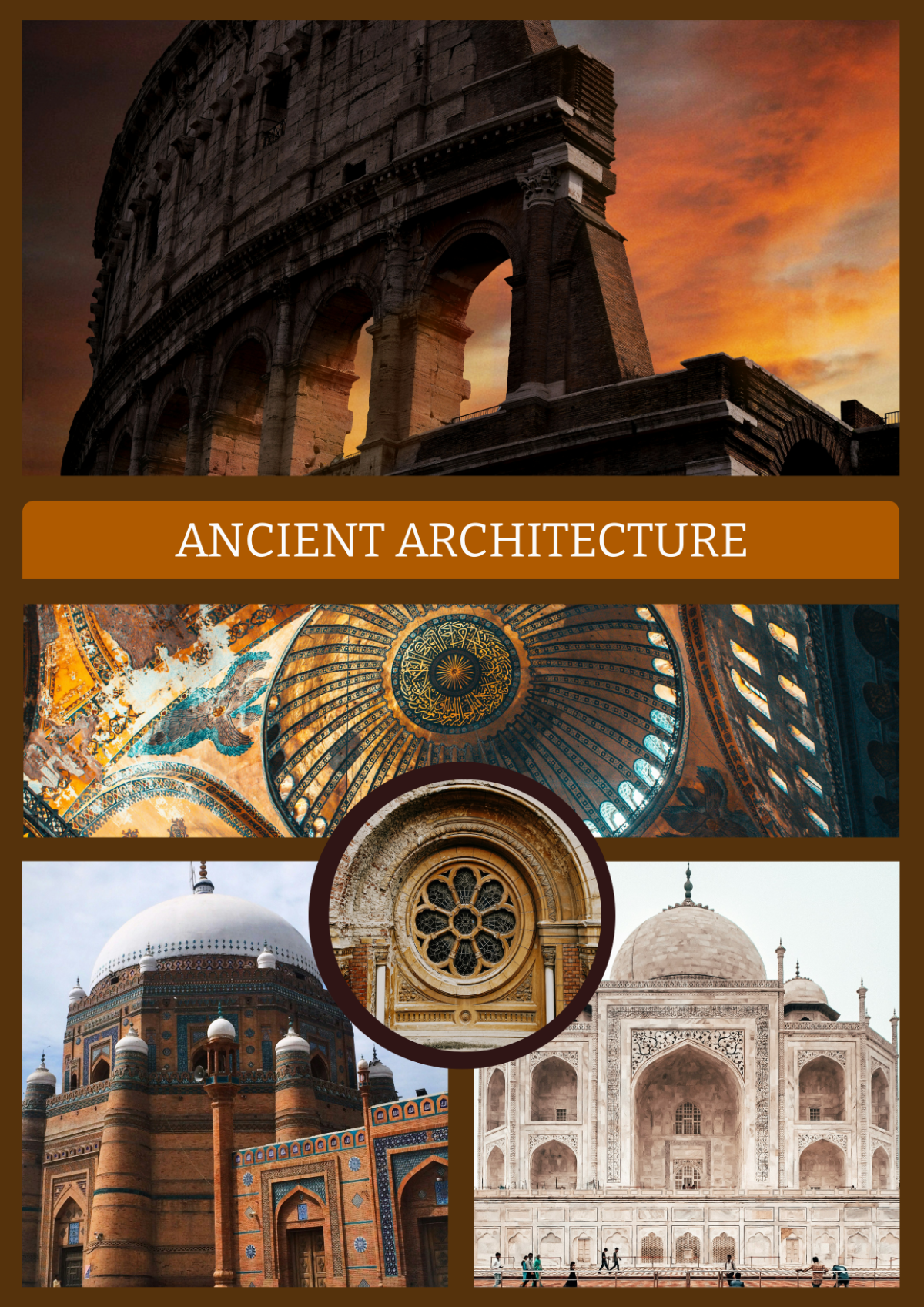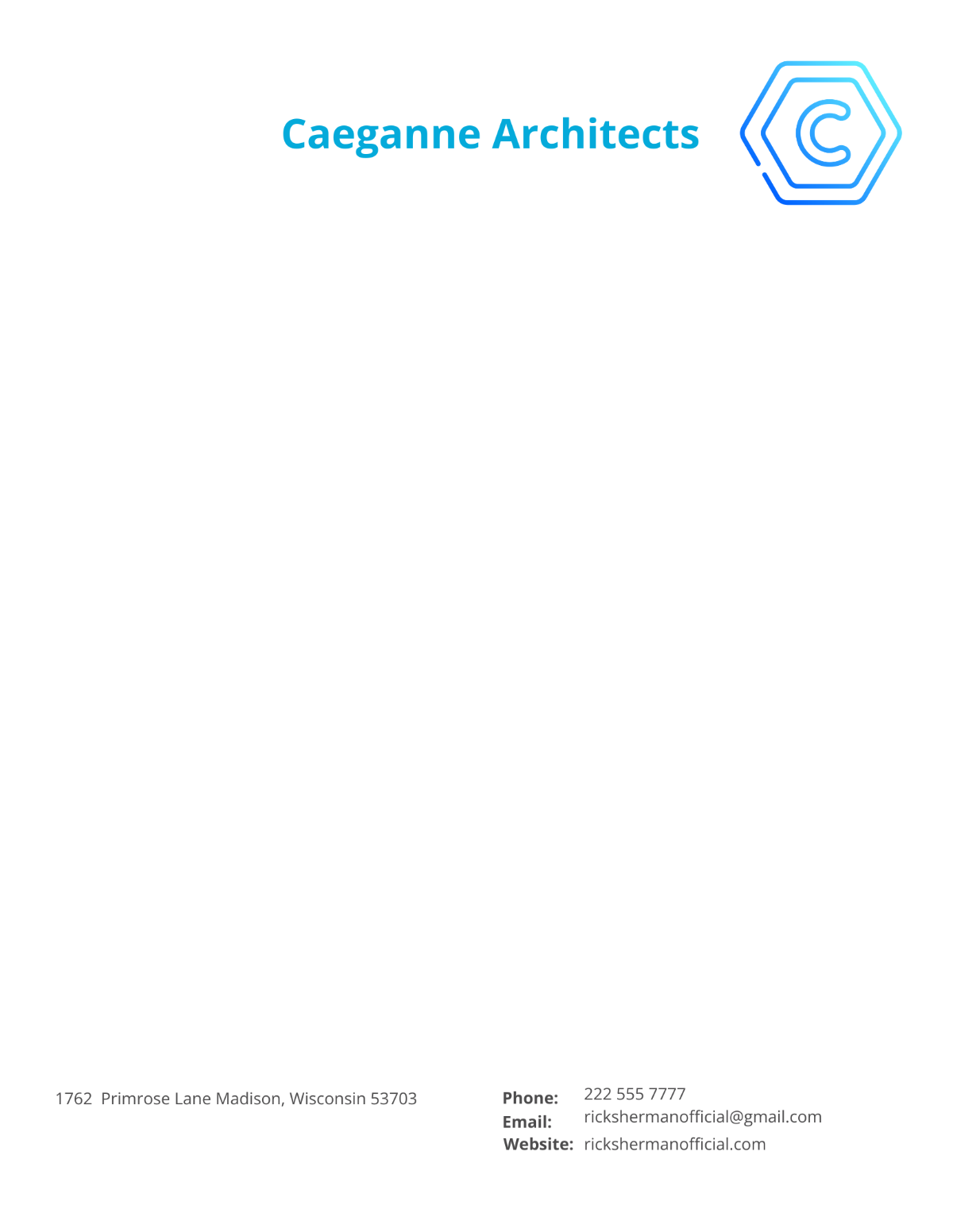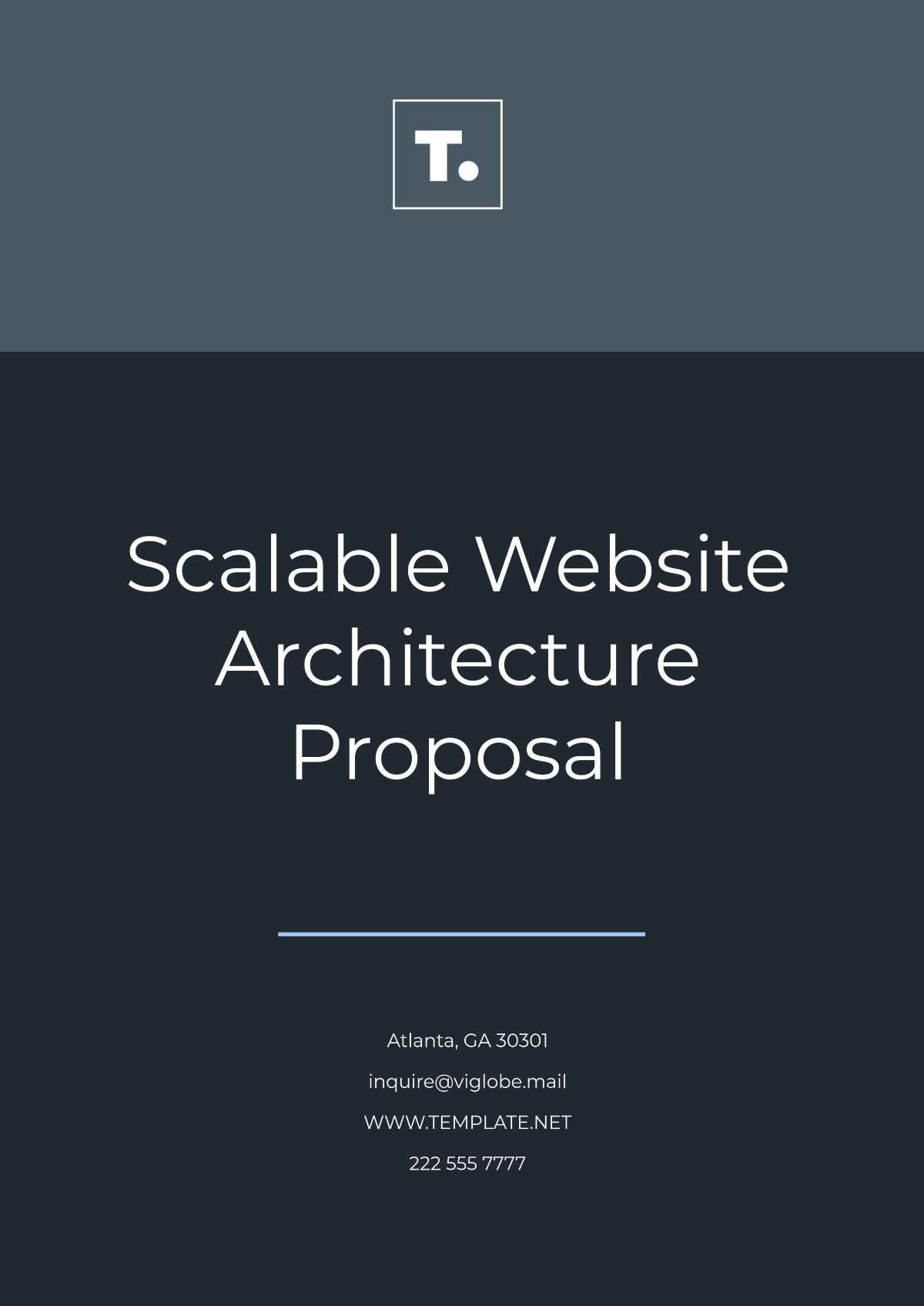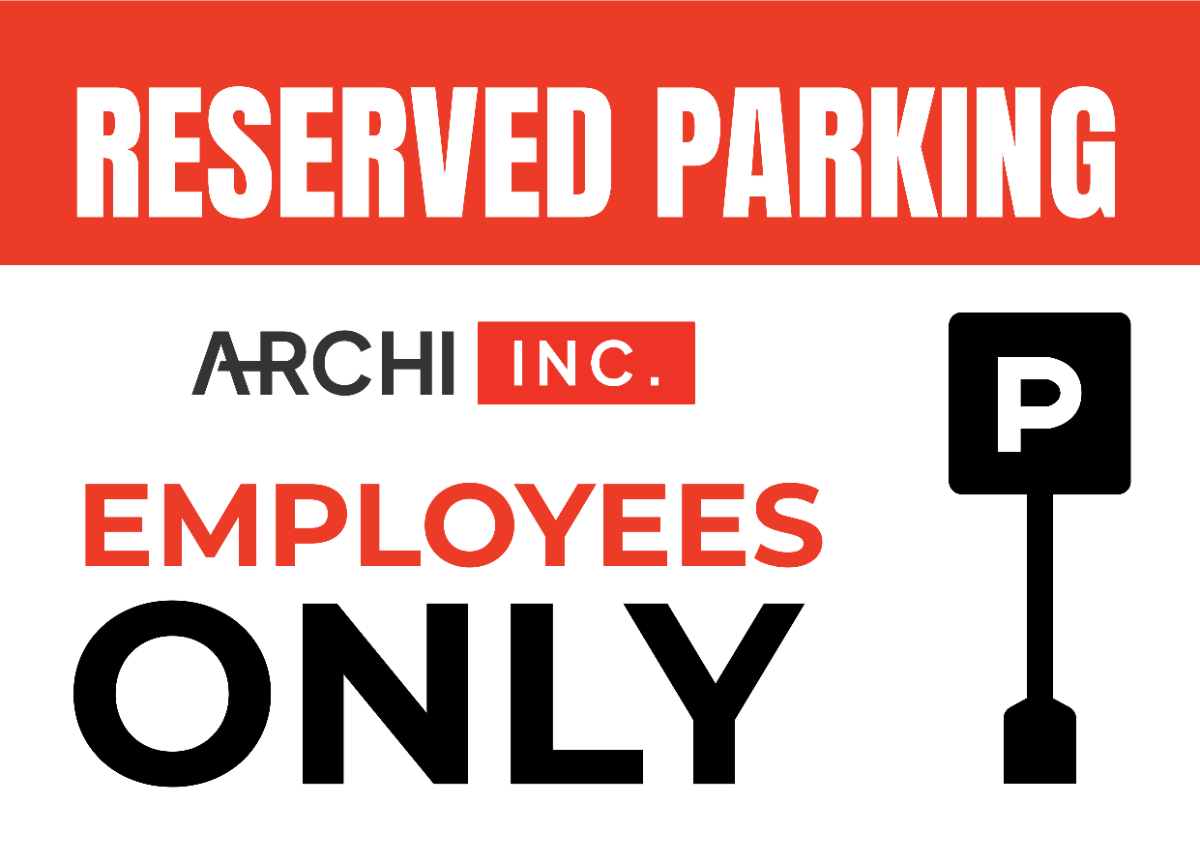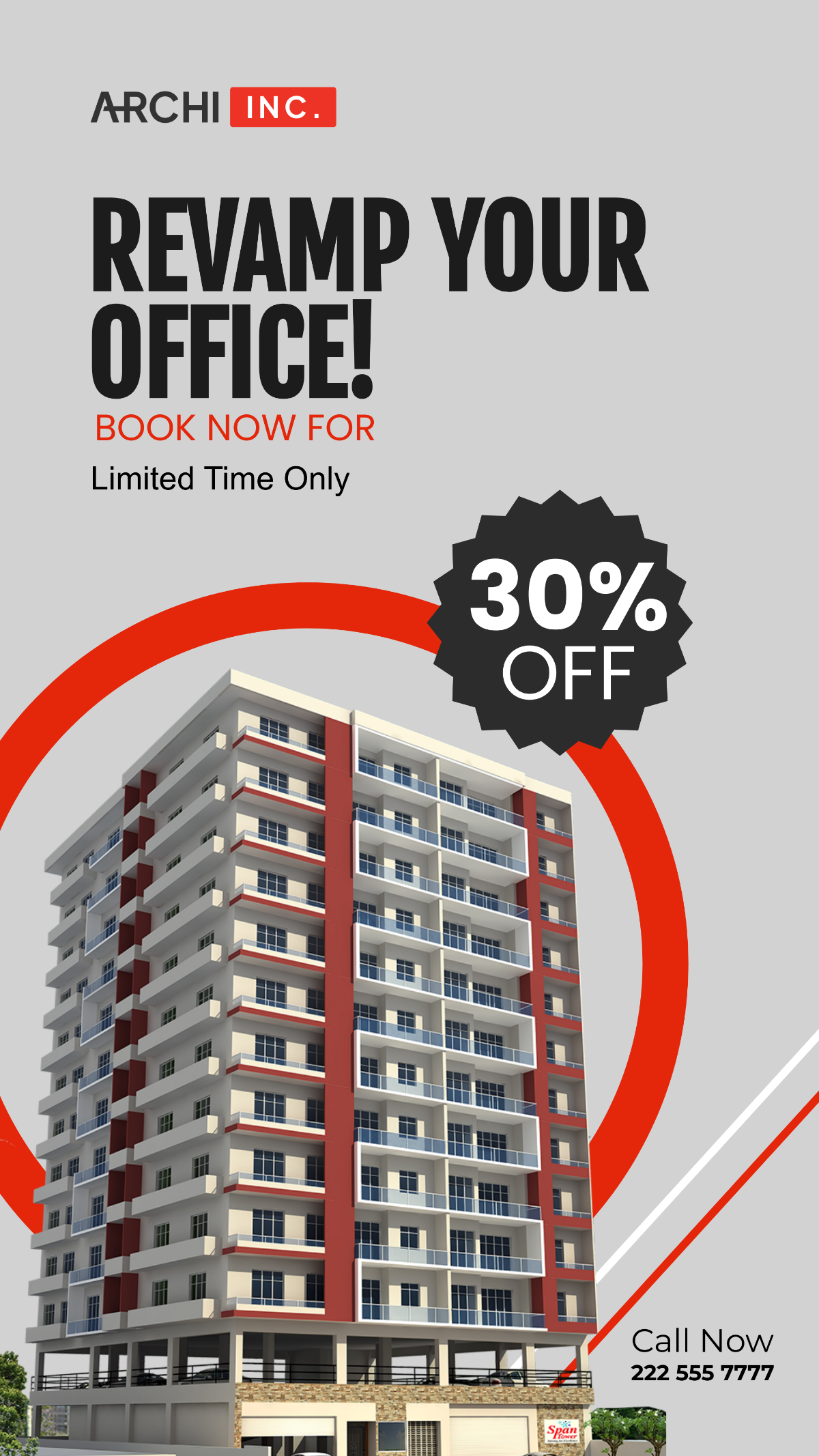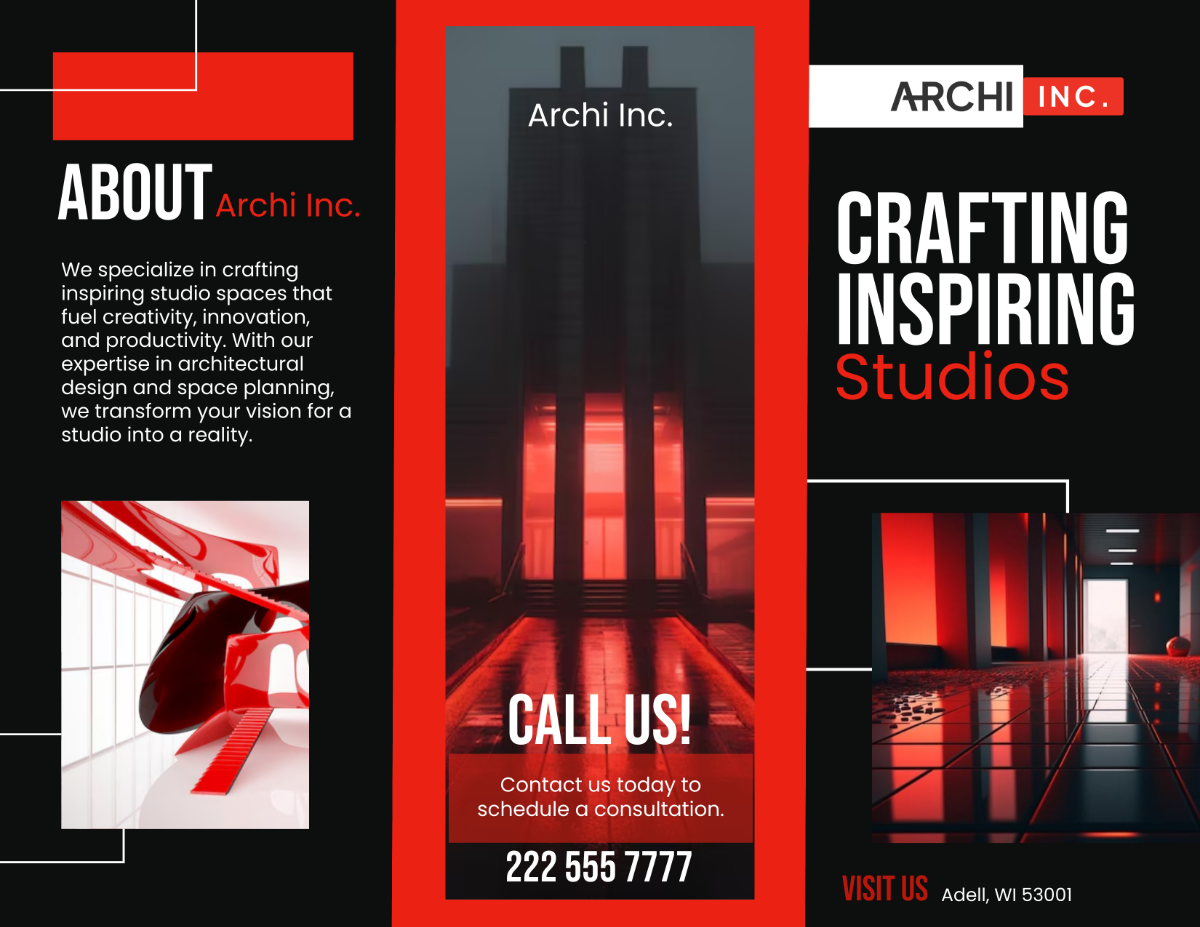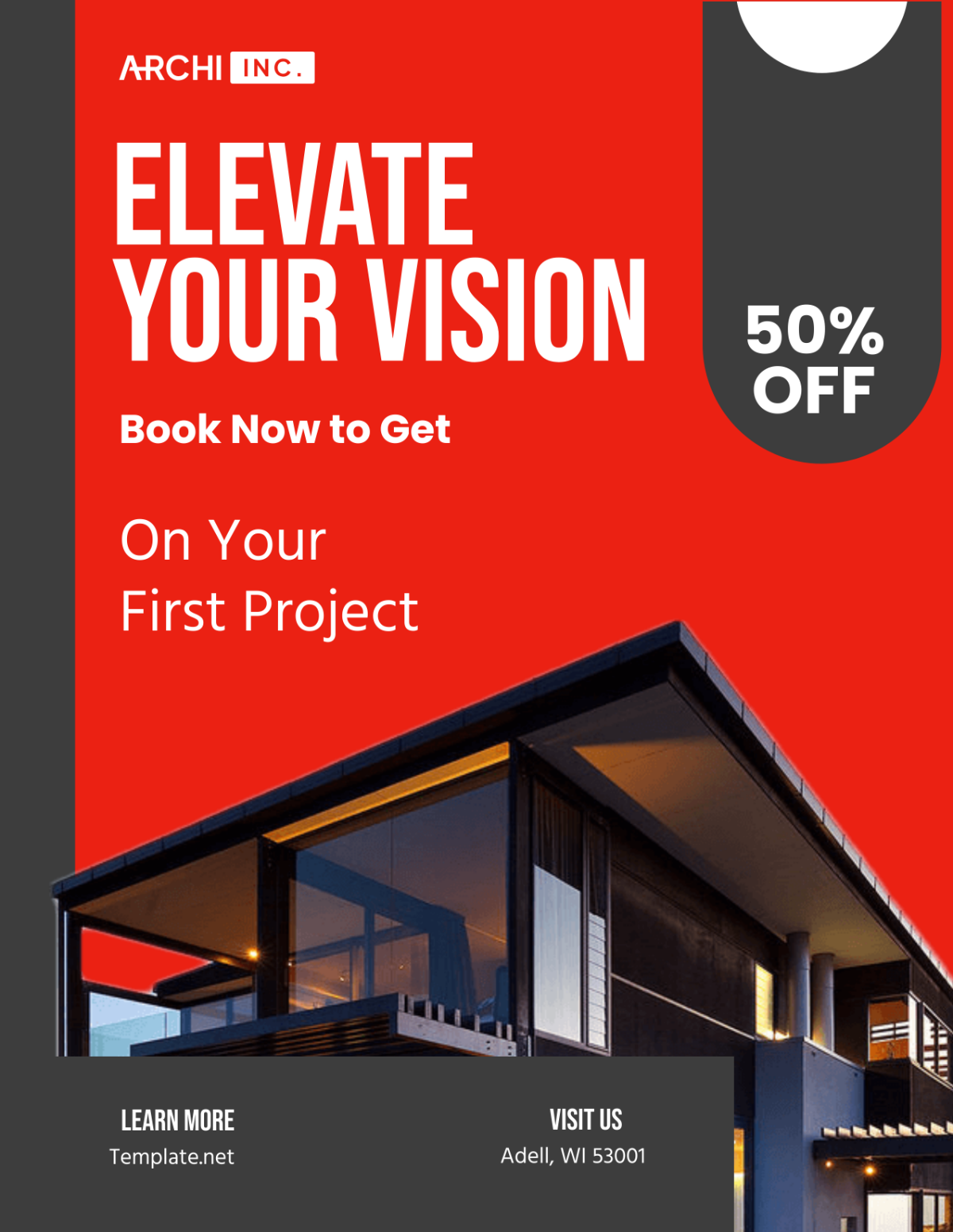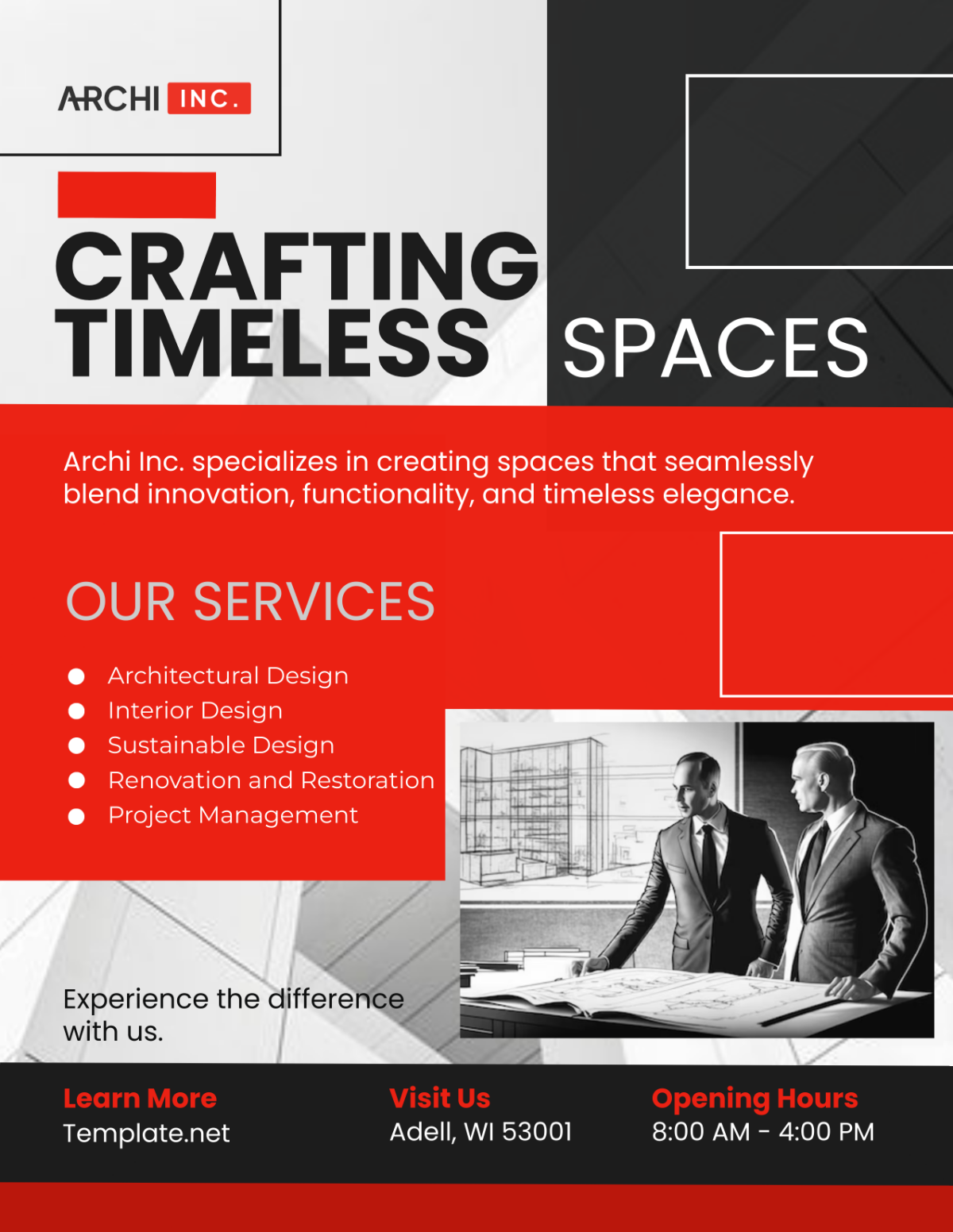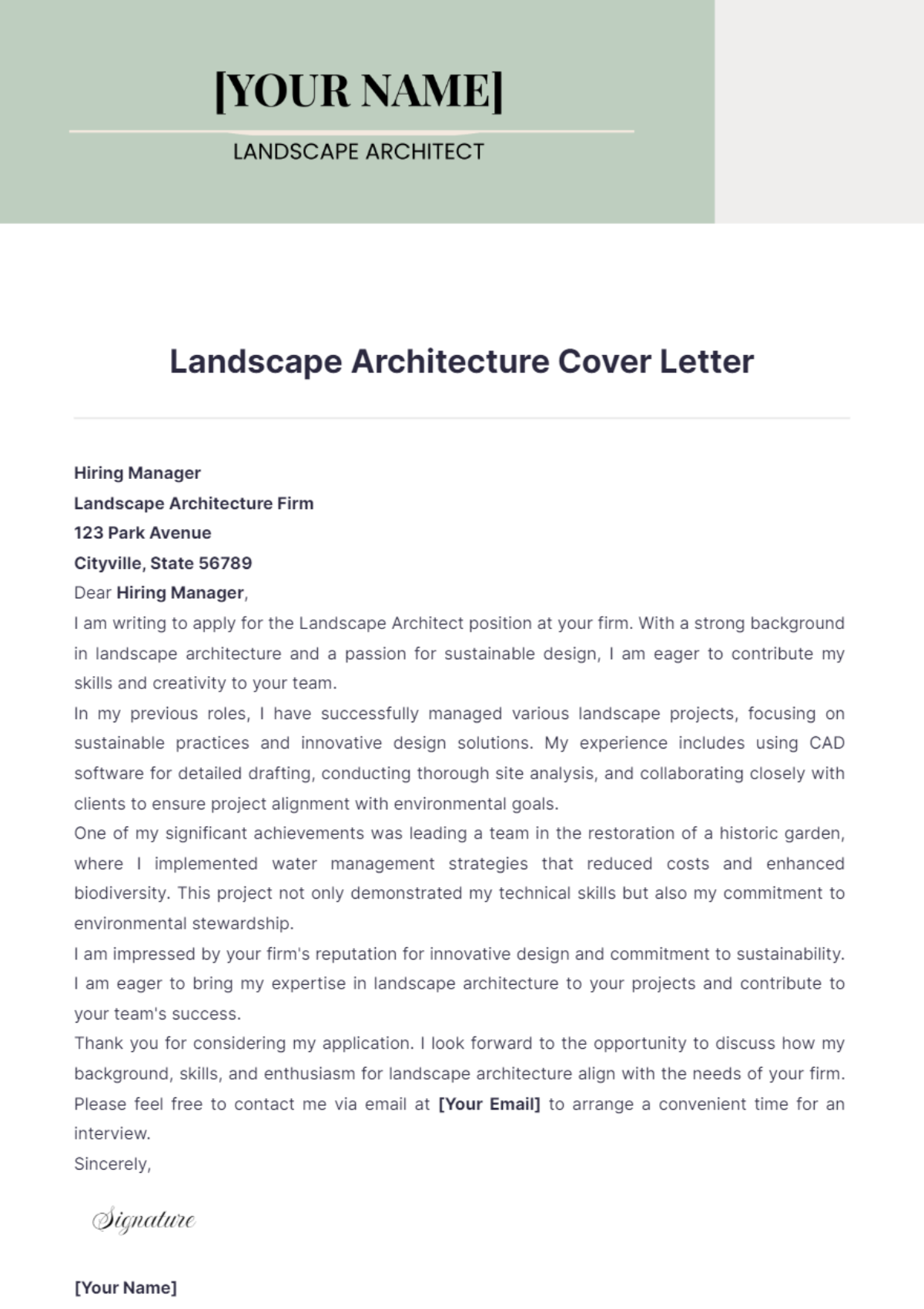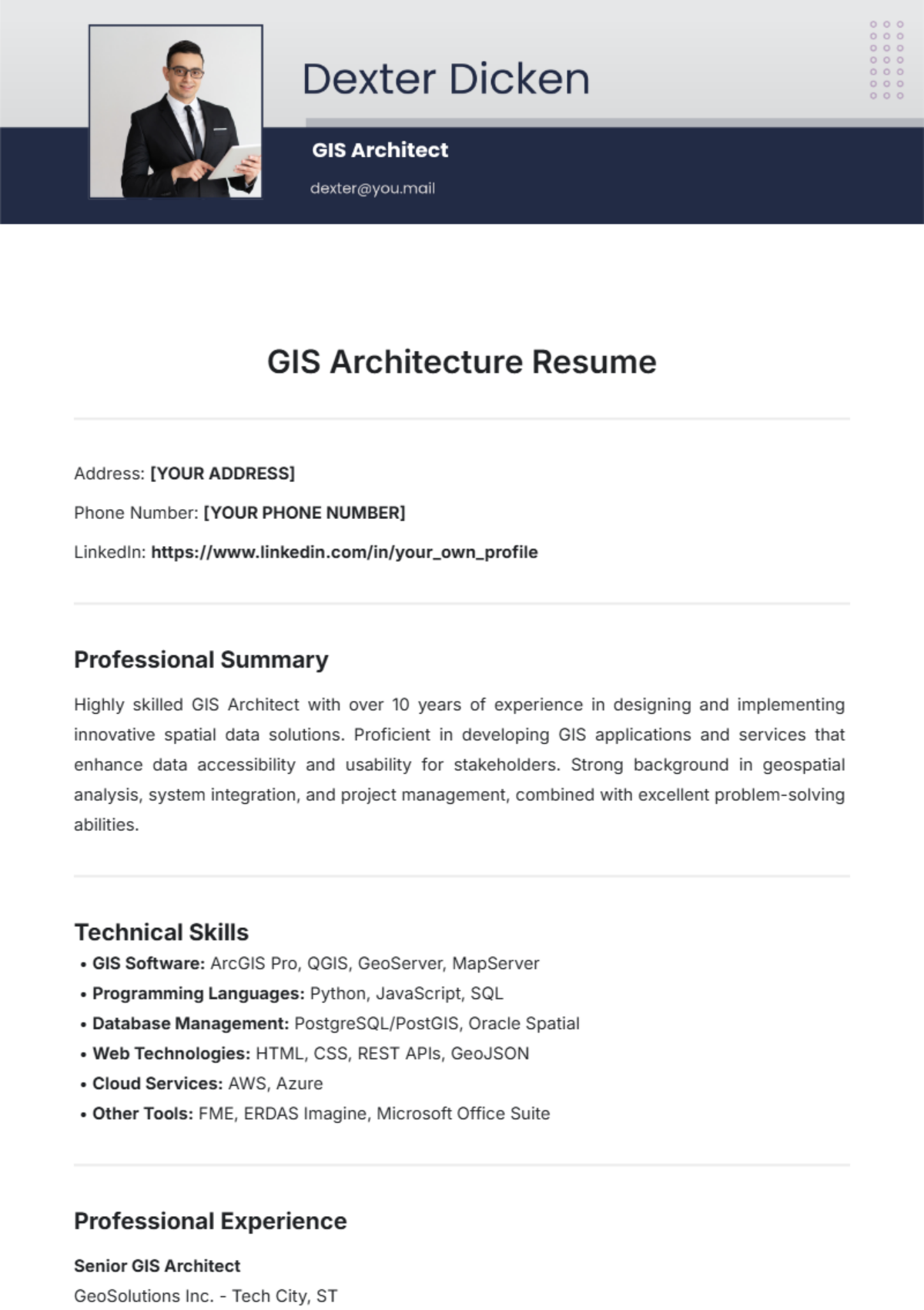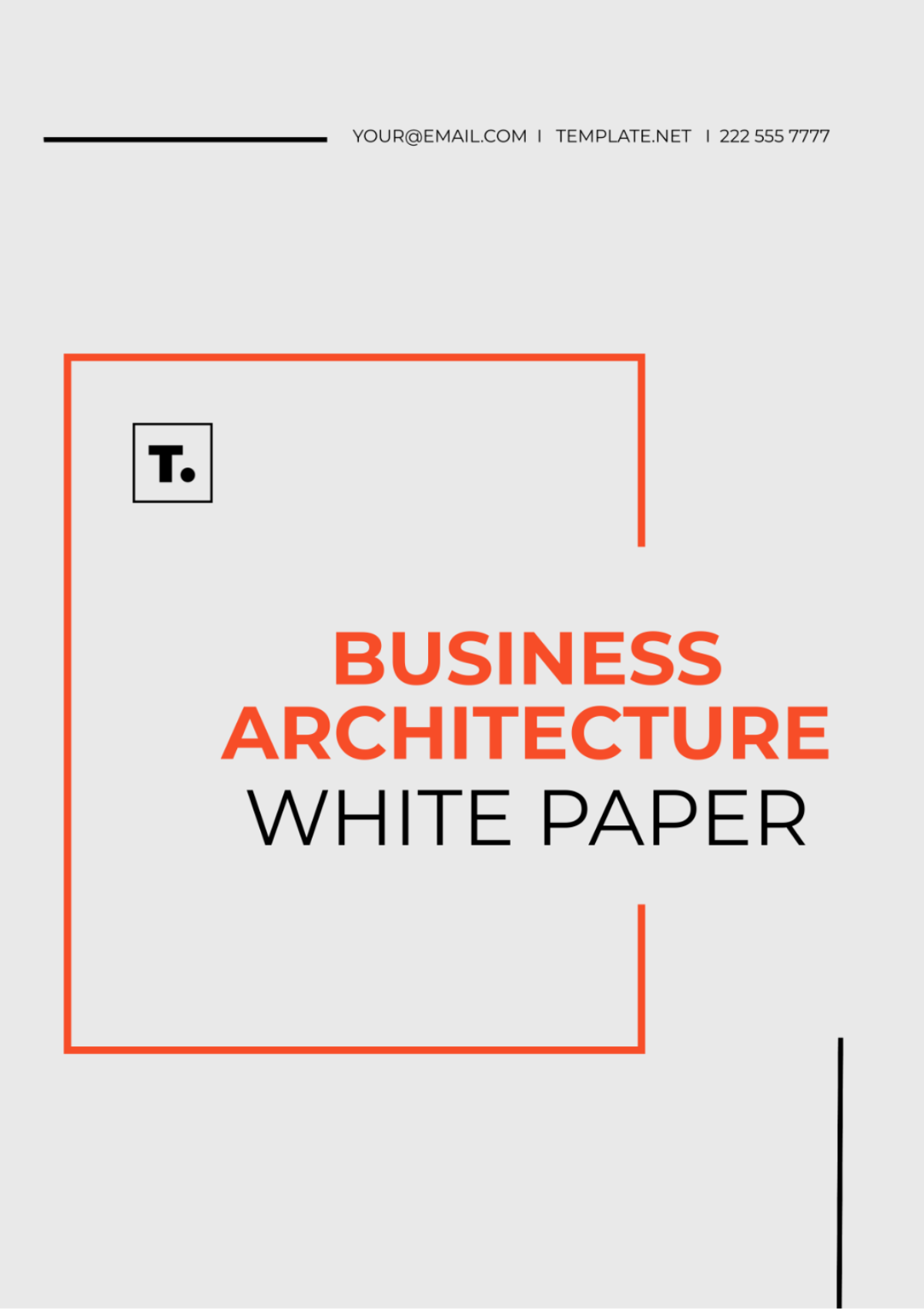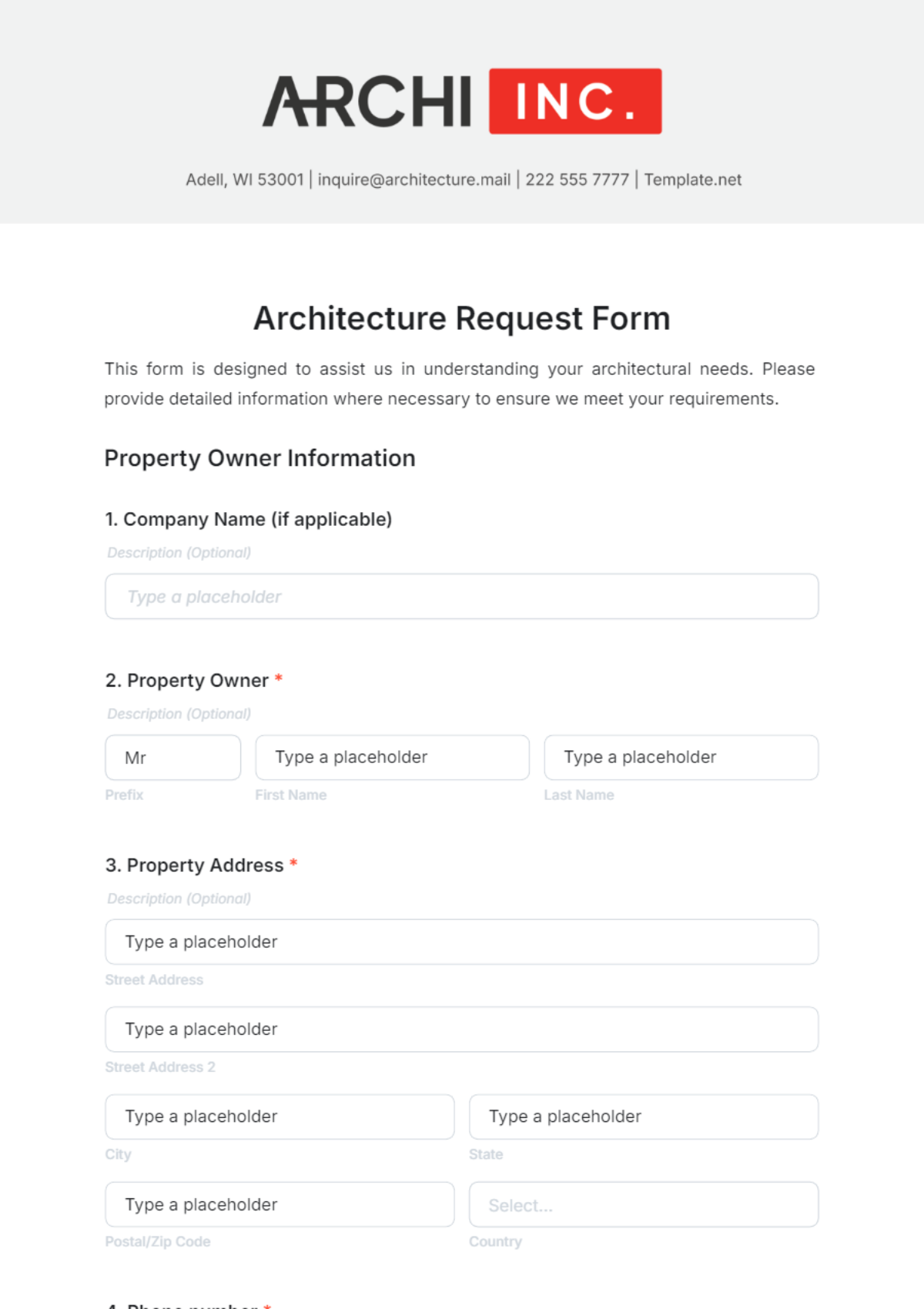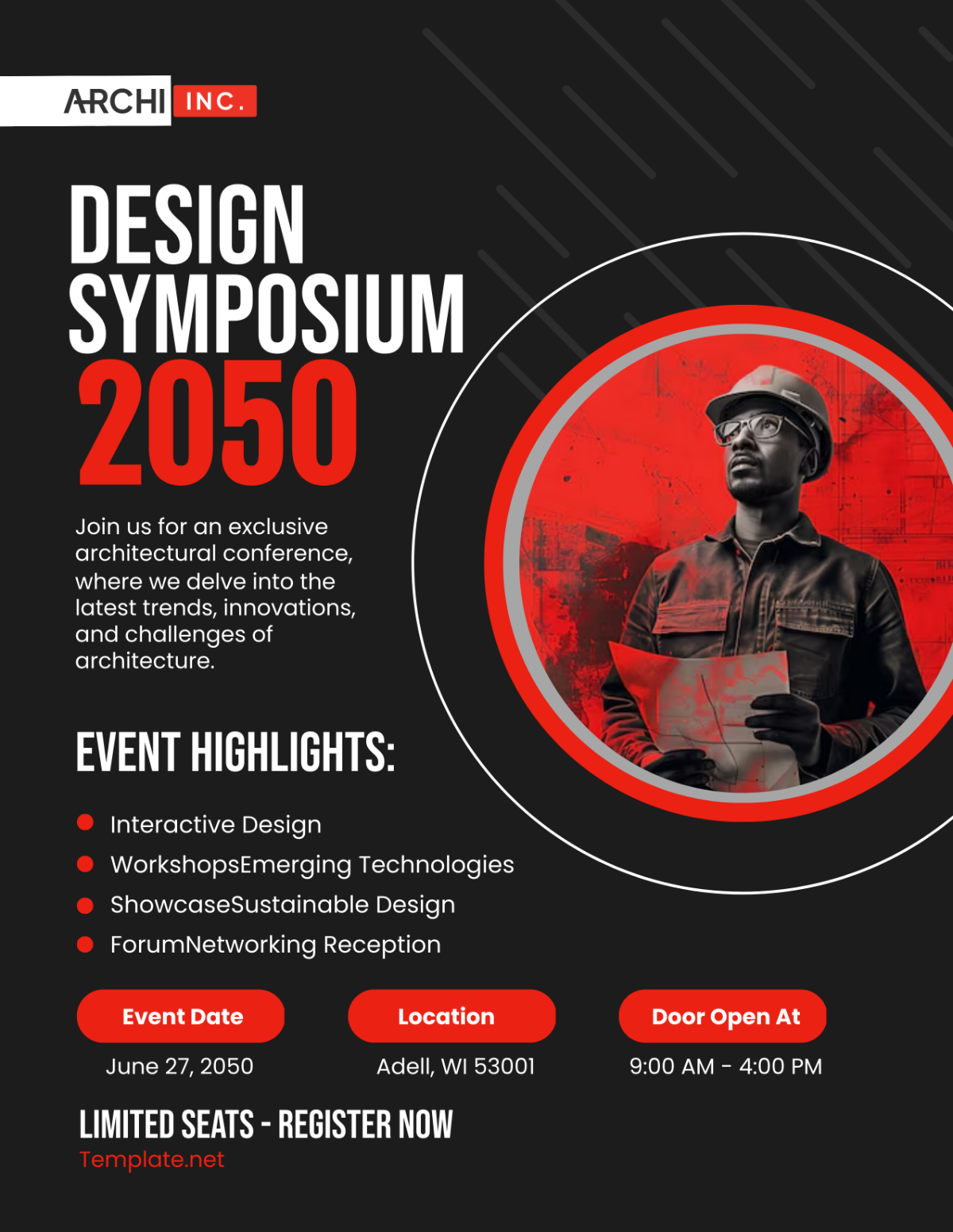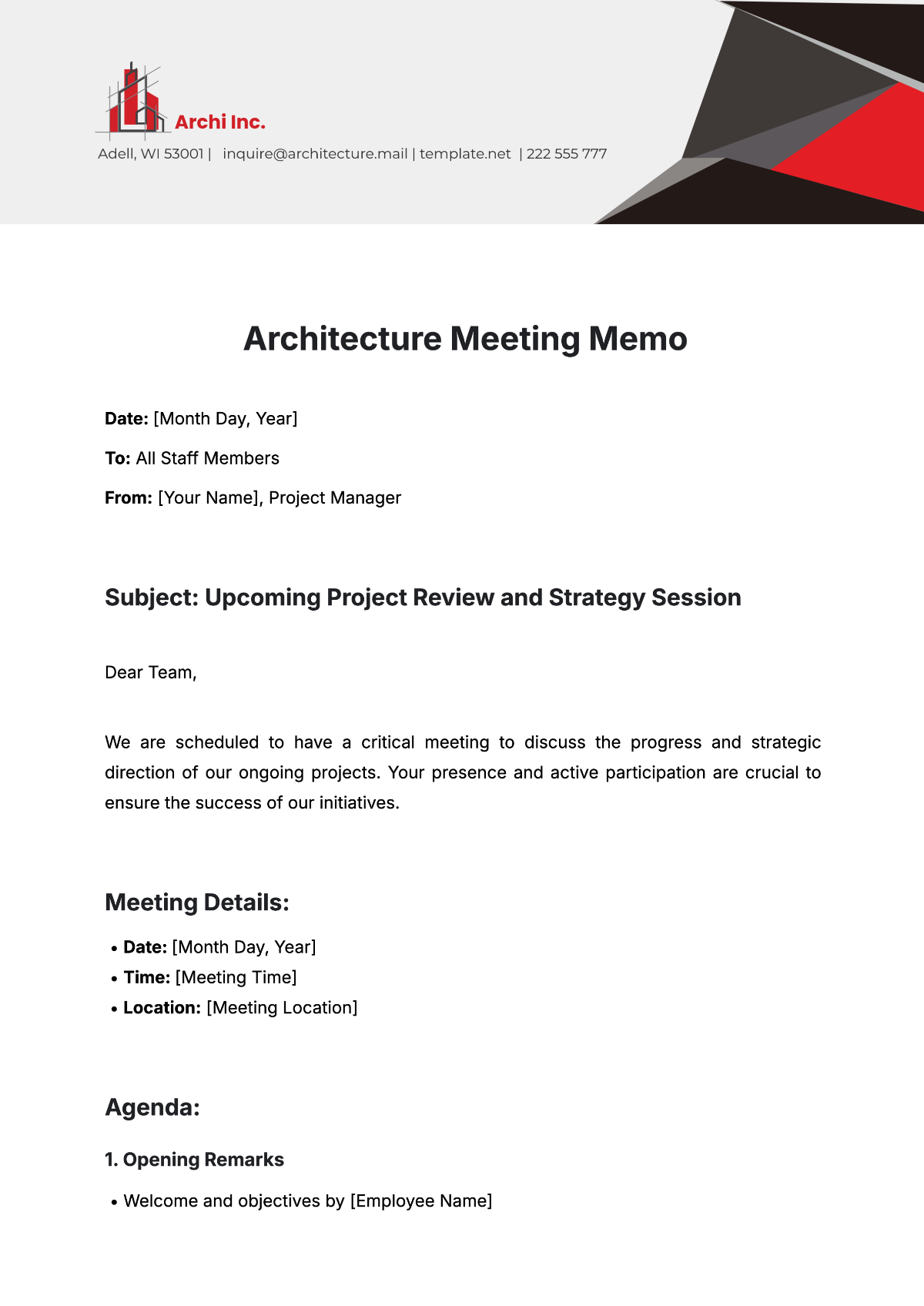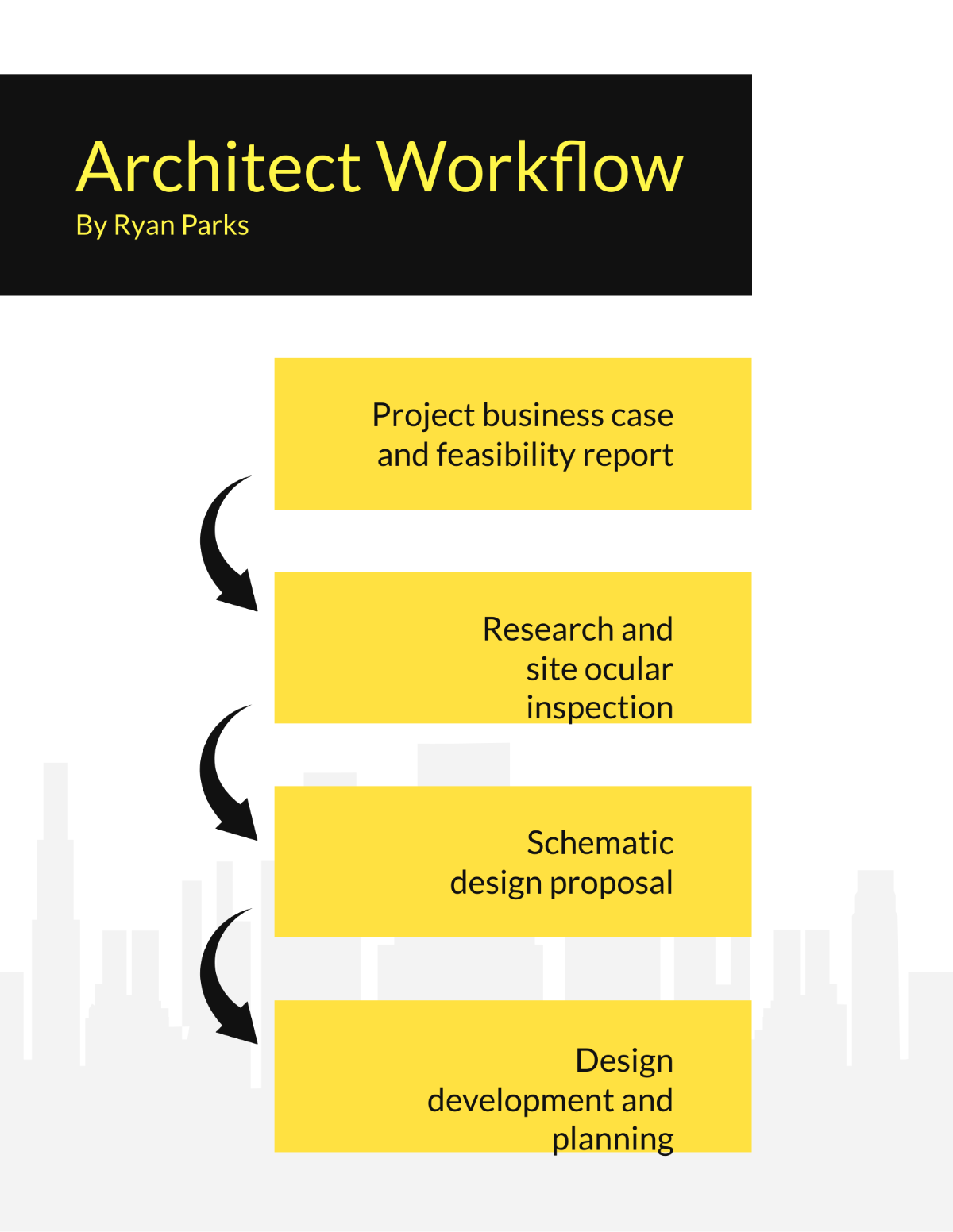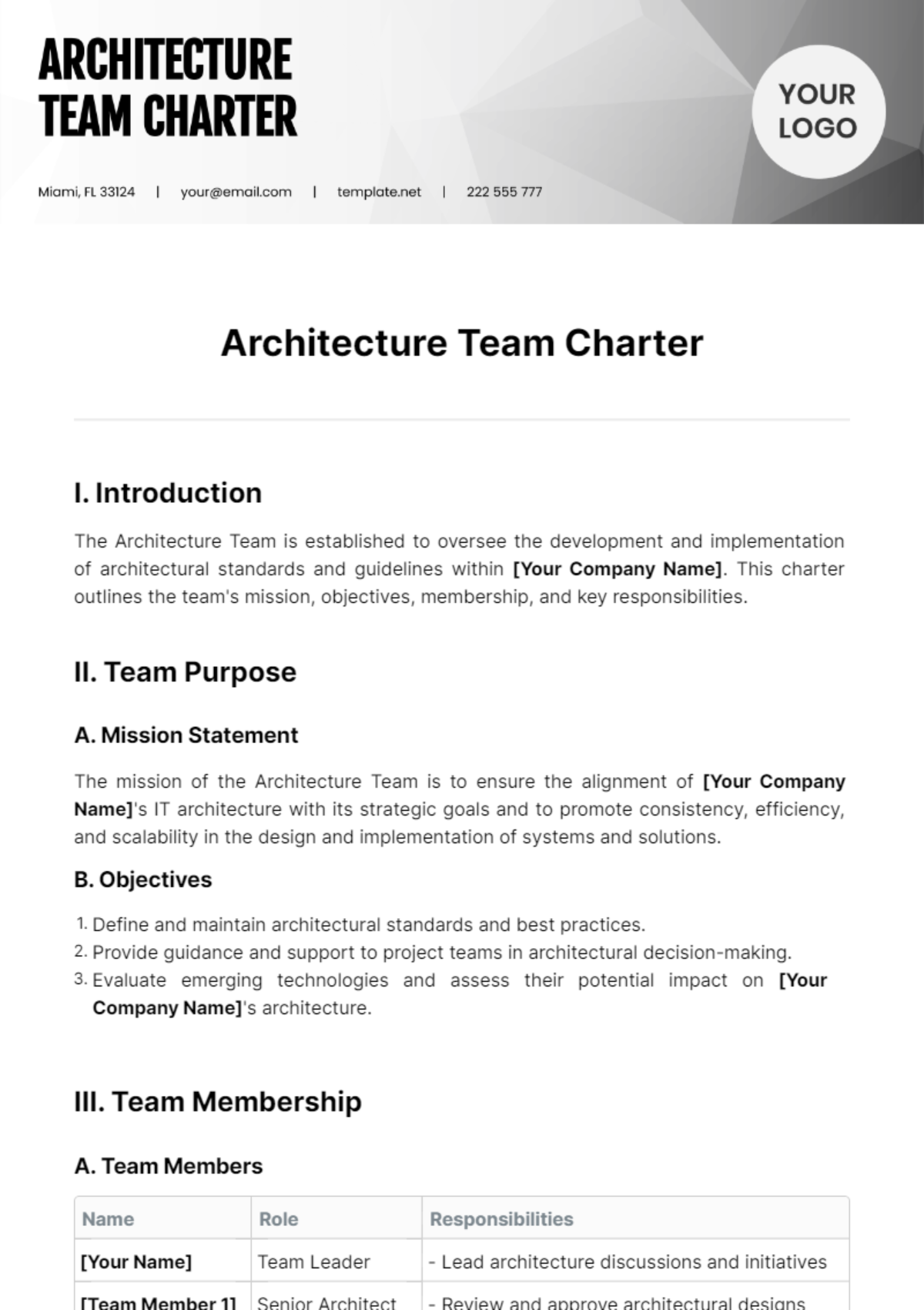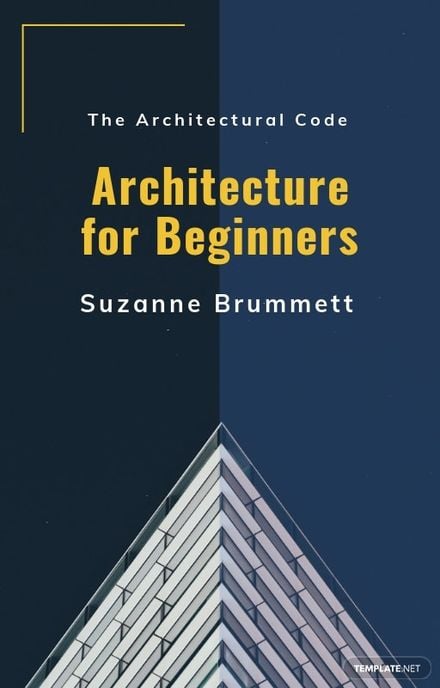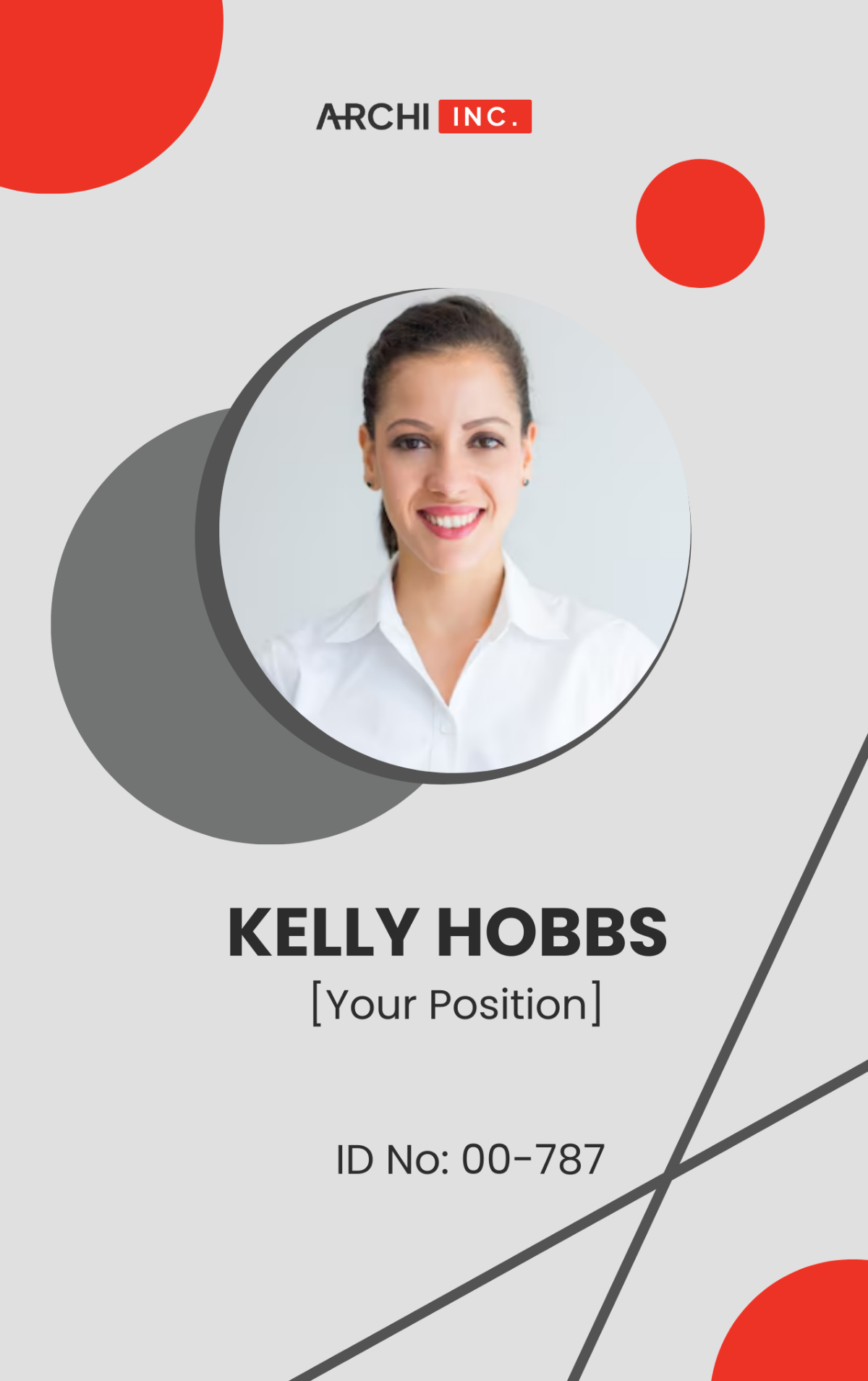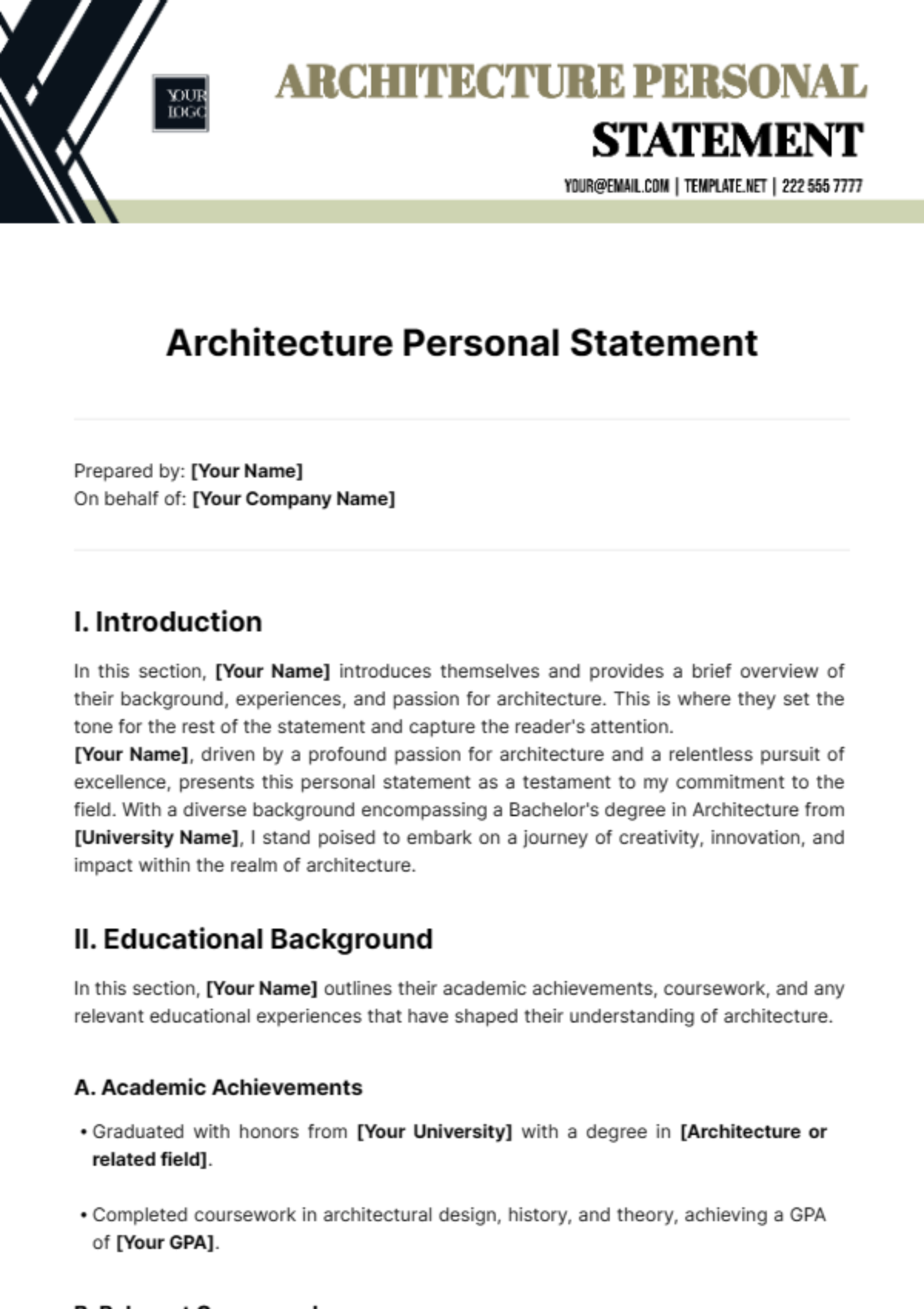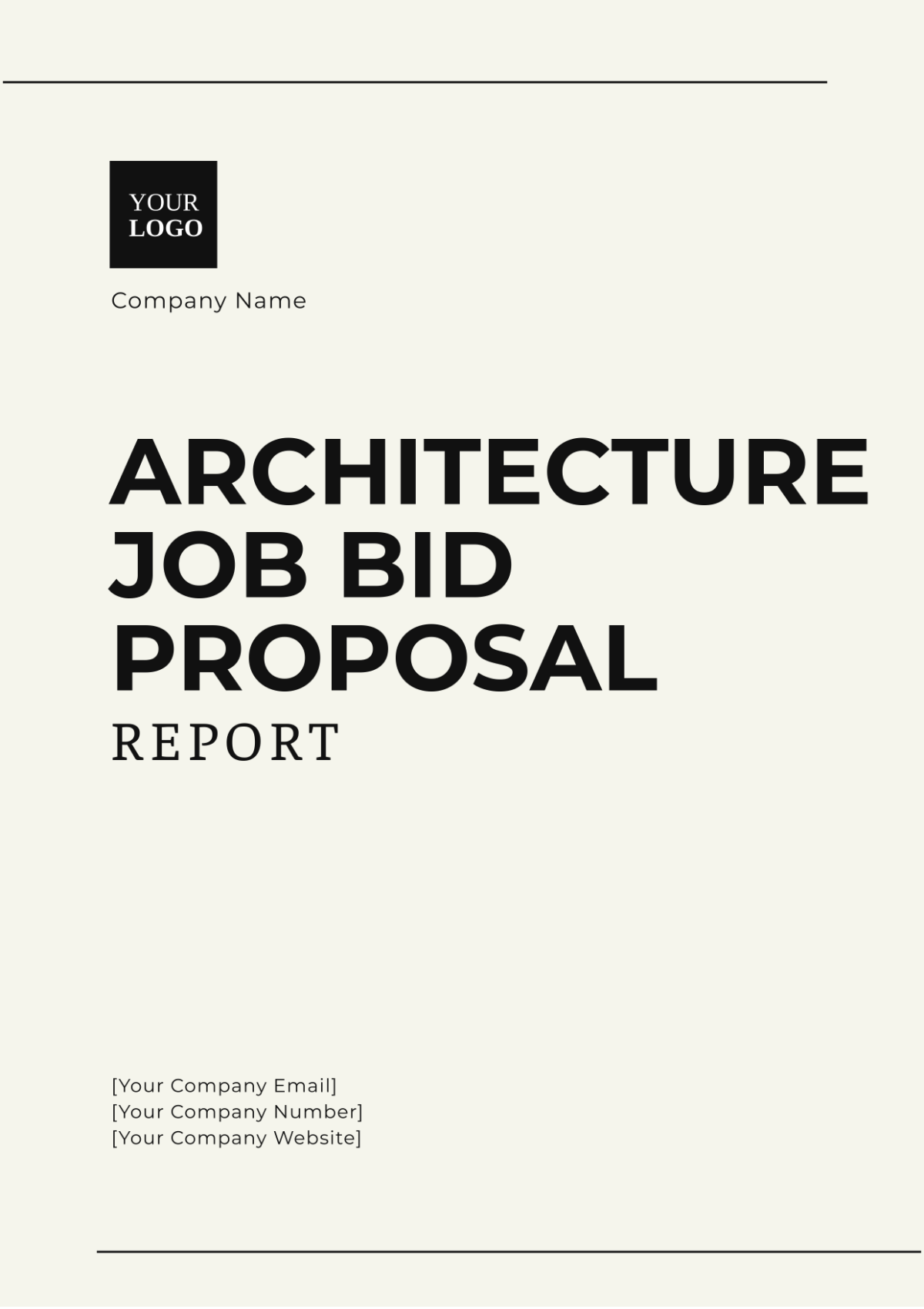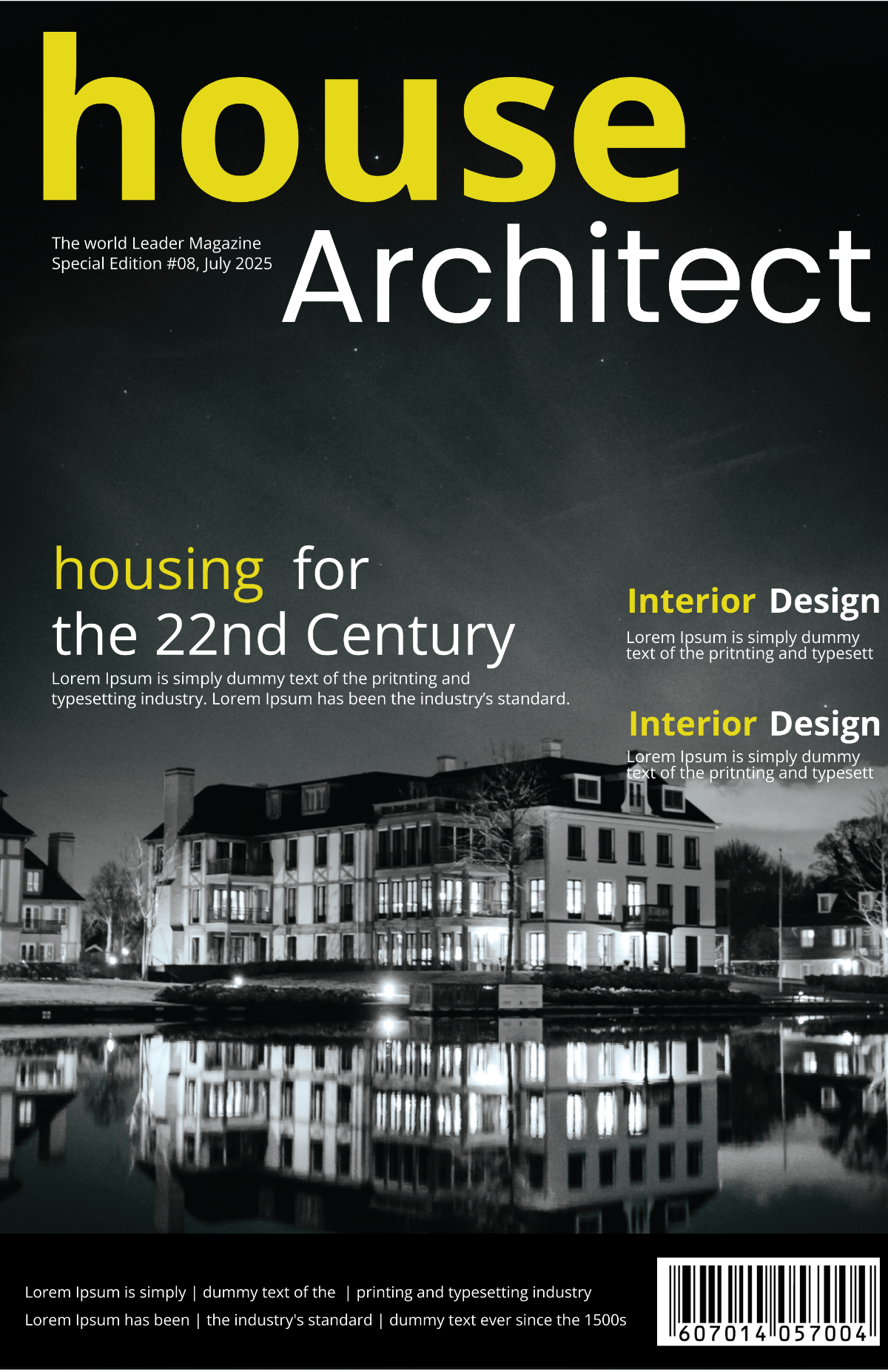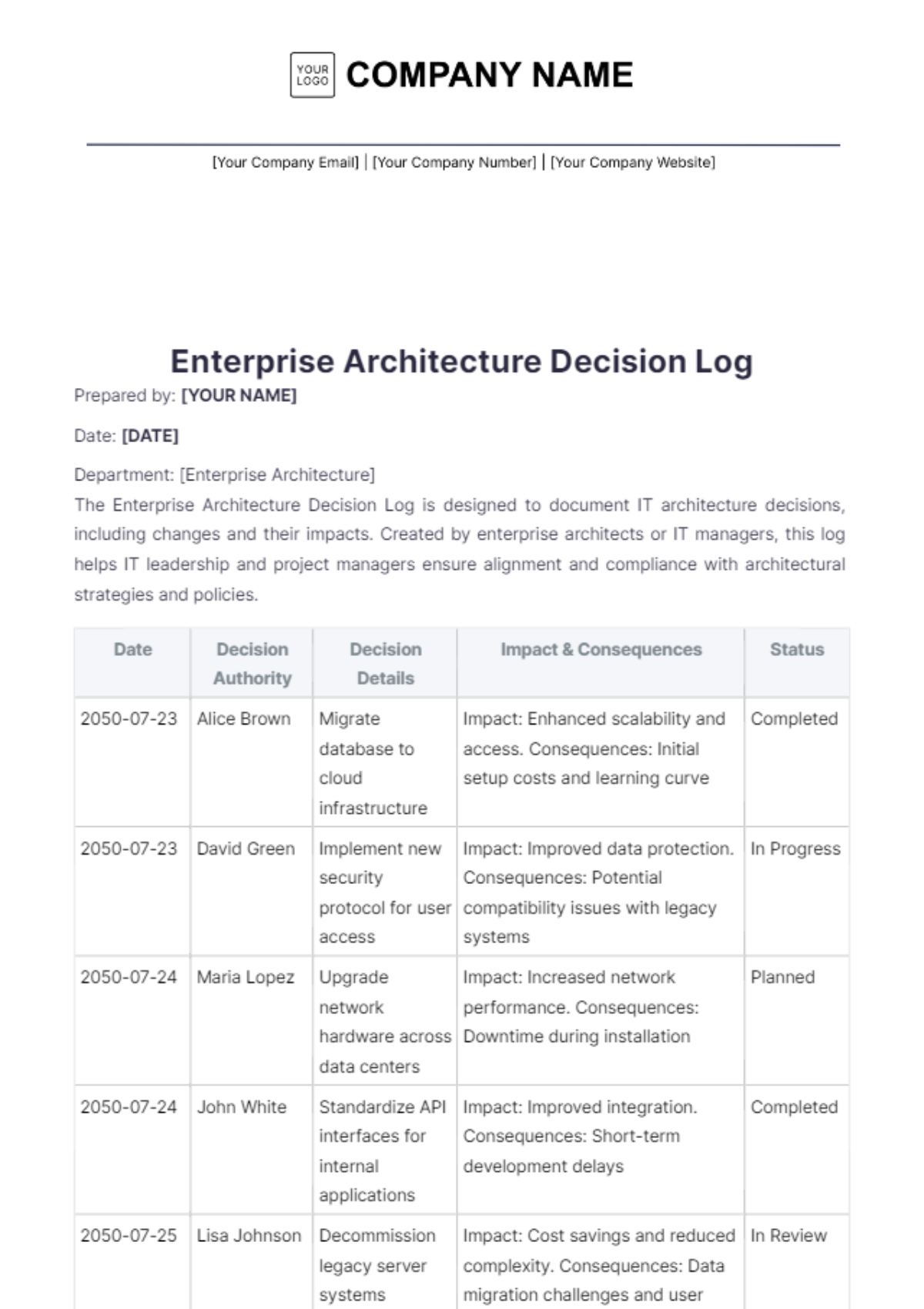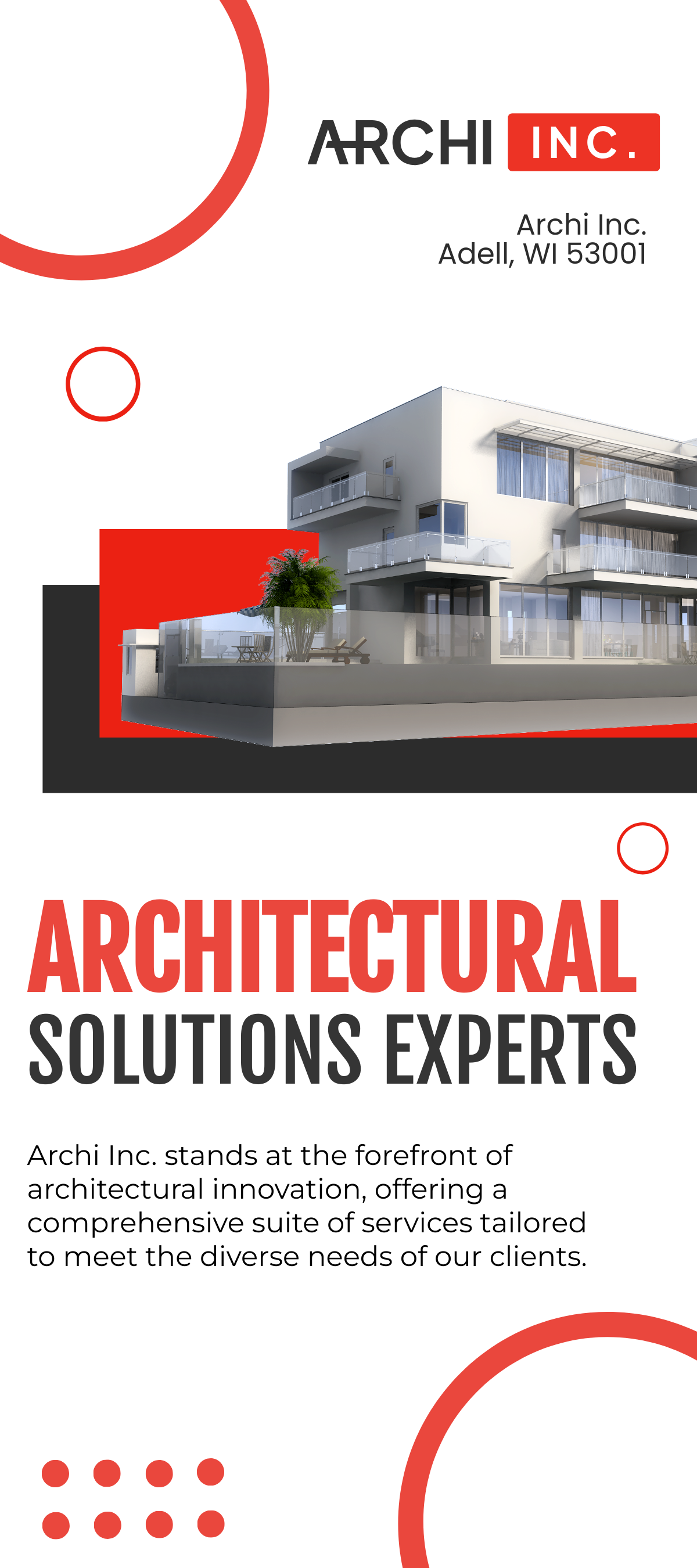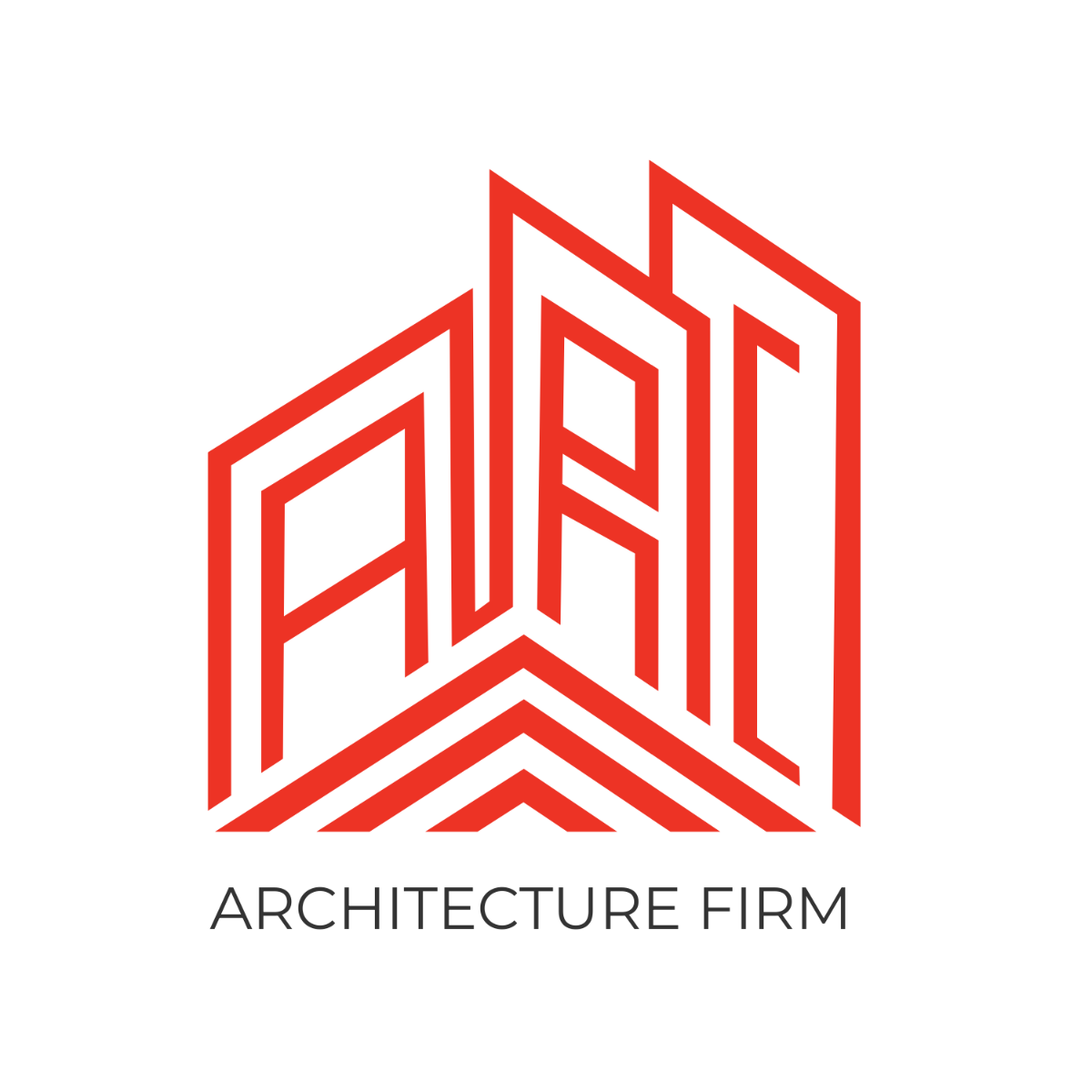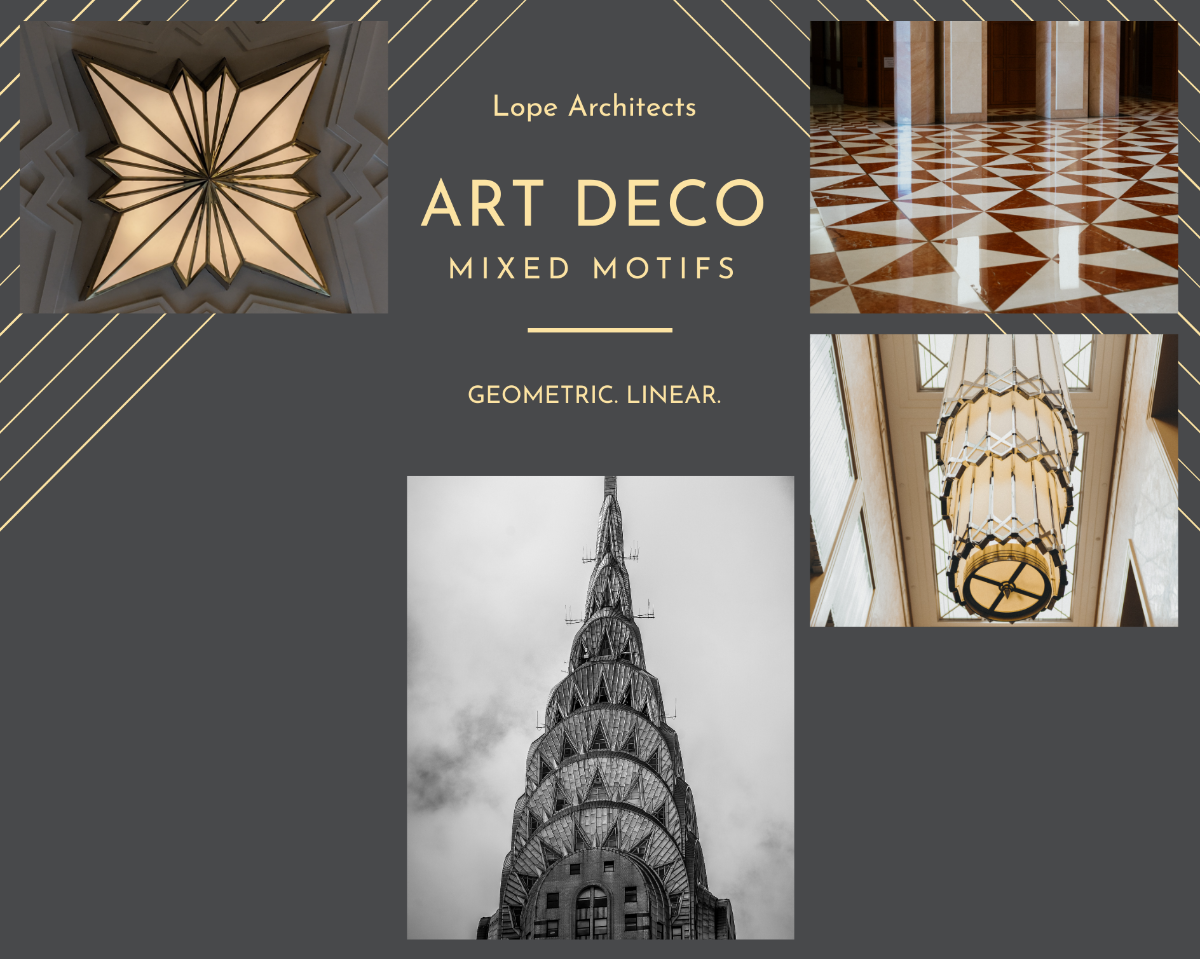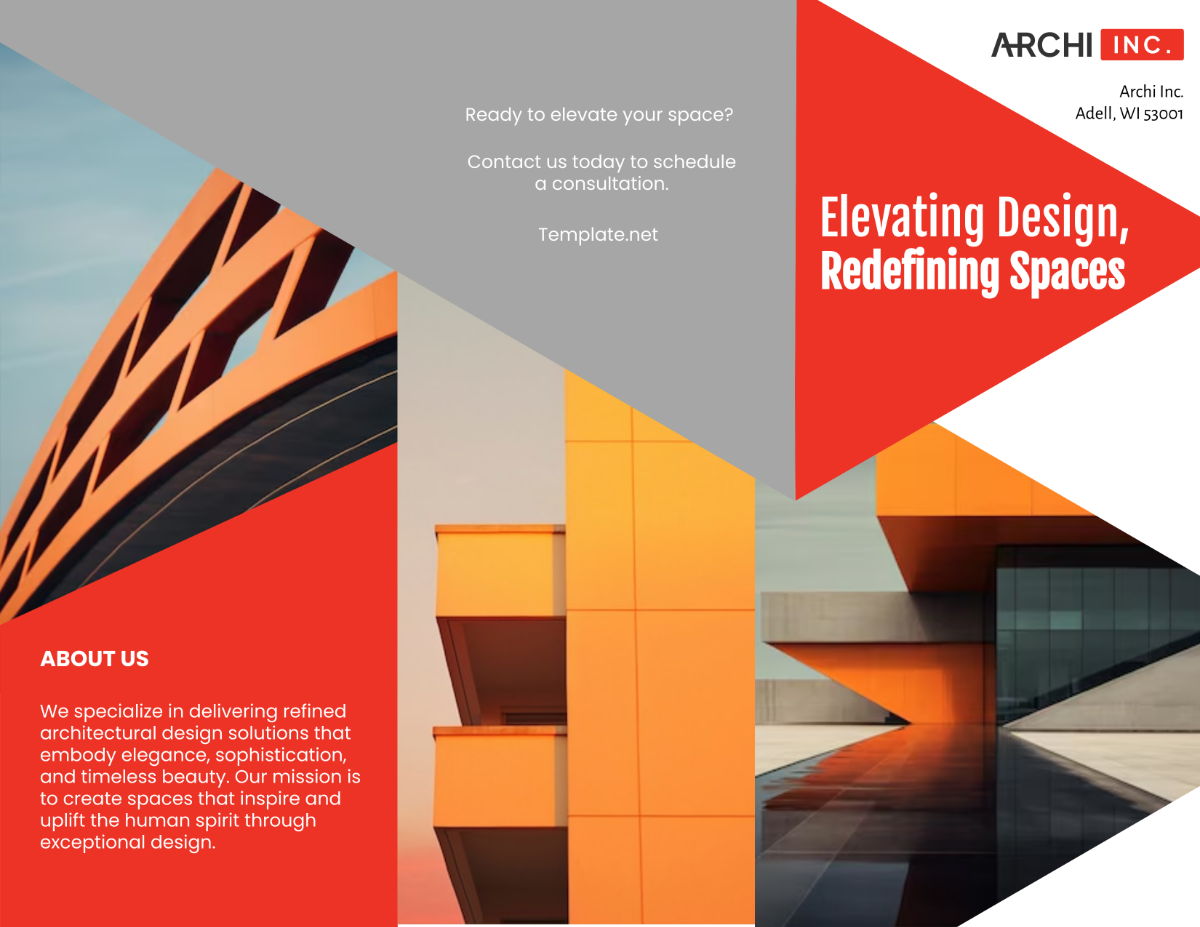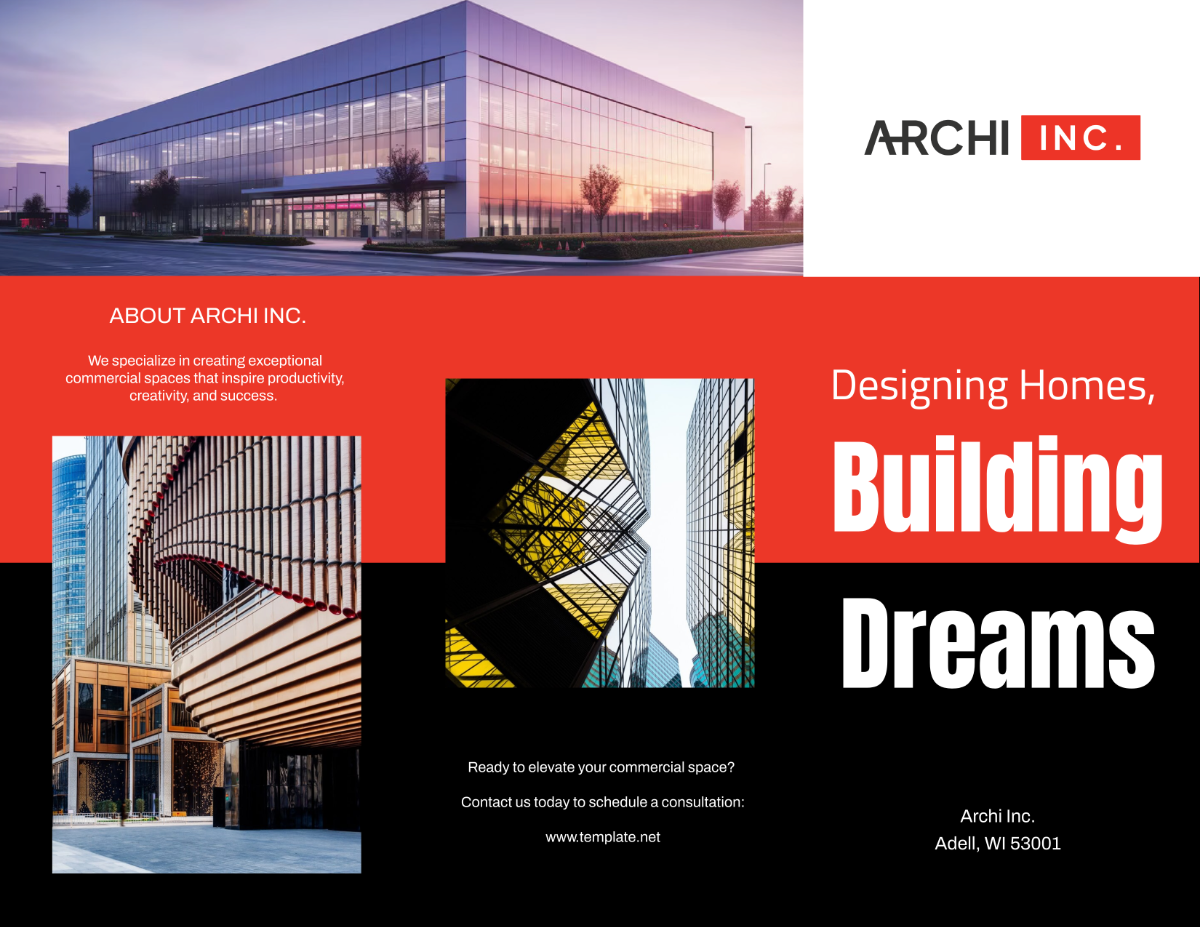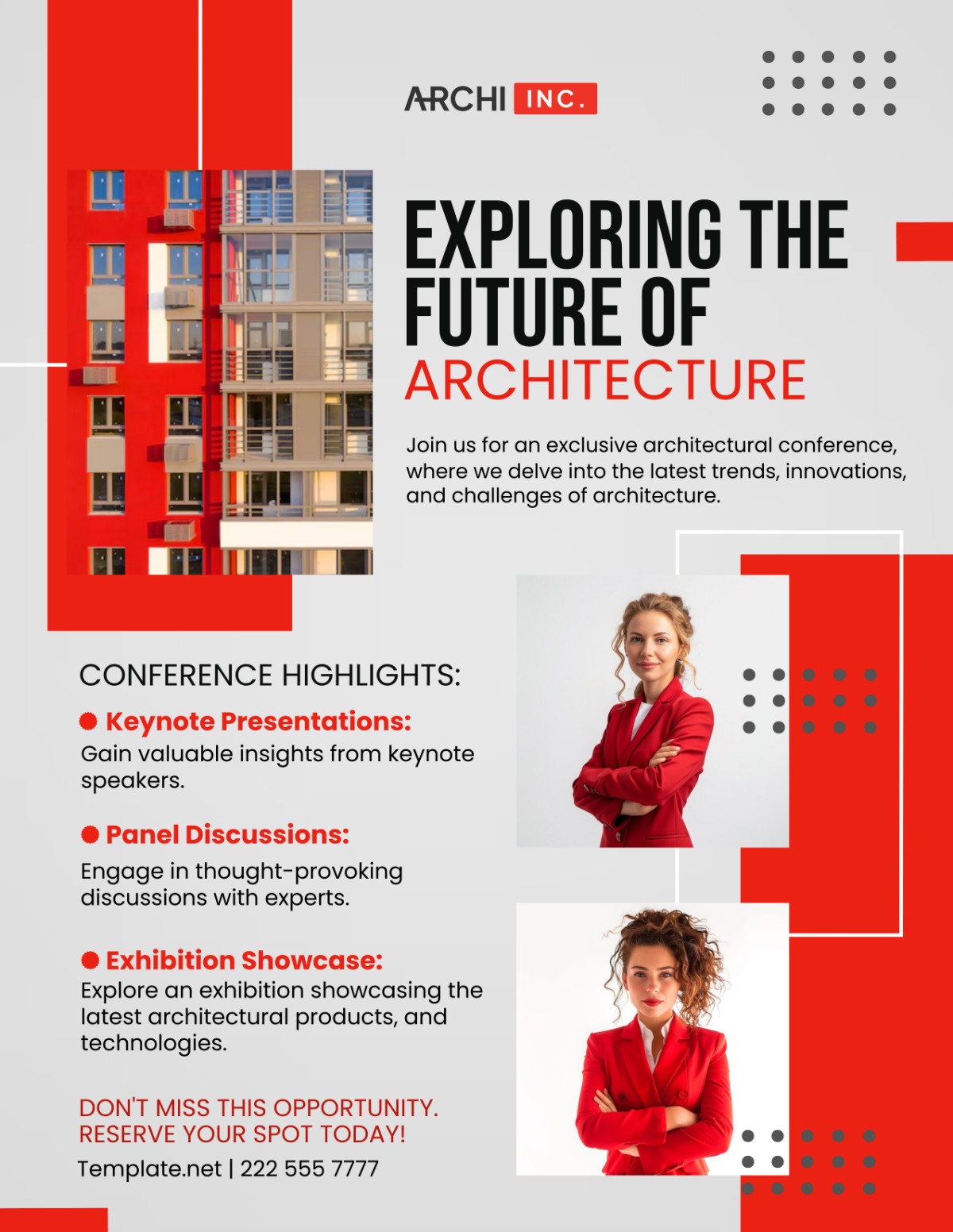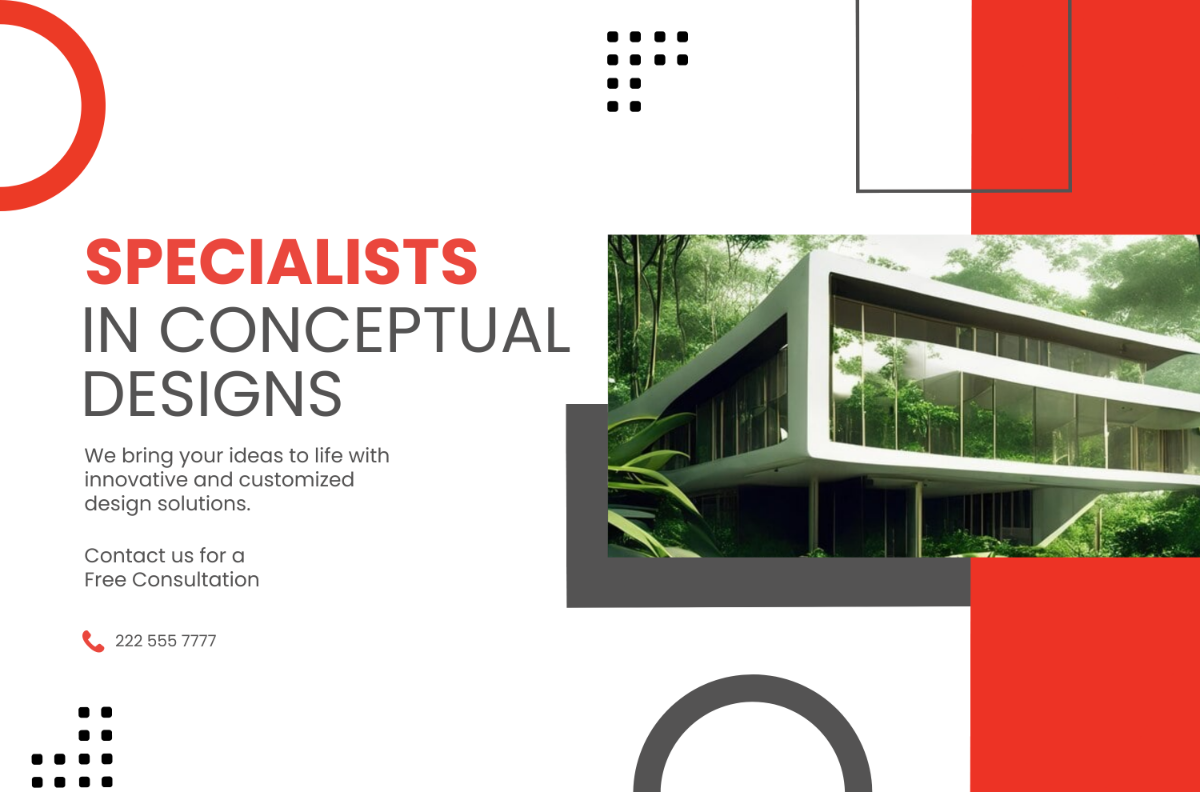I. Executive Summary
A. Overview of the Strategy
[Your Company Name] is committed to expanding its market presence and enhancing its service offerings in the competitive architecture industry. This growth strategy outlines the steps we will take over the next five years to achieve substantial growth, improve market share, and deliver exceptional value to our clients. Our strategy is centered on innovation, sustainability, and client-centric approaches.
B. Goals and Objectives
Our primary goals include:
Increasing revenue by 50% within the next five years
Expanding our service offerings to include sustainable design and smart building technologies
Enhancing our market presence in emerging markets
Improving client satisfaction and retention rates
C. Key Initiatives
To achieve these goals, we will:
Invest in advanced design technologies
Develop strategic partnerships with key stakeholders
Implement comprehensive marketing and sales strategies
Expand our team with top talent in the industry
D. Expected Outcomes
By implementing this growth strategy, [Your Company Name] anticipates:
Increased market share and brand recognition
Higher client acquisition and retention rates
Enhanced service offerings that meet current and future market demands
Sustainable and profitable business growth
II. Market Analysis
A. Industry Overview
The architecture industry is experiencing a period of transformation, driven by technological advancements, sustainability trends, and evolving client needs. The global architecture market is projected to grow at a compound annual growth rate (CAGR) of 4.2% over the next five years. Key drivers of this growth include urbanization, the need for energy-efficient buildings, and the integration of smart technologies.
B. Market Trends
Several trends are shaping the architecture industry:
Sustainability: There is a growing demand for green buildings and sustainable design practices.
Technological Integration: The use of Building Information Modeling (BIM), virtual reality, and other advanced technologies is becoming increasingly prevalent.
Customization and Personalization: Clients are seeking tailored design solutions that reflect their unique preferences and needs.
Urbanization: Rapid urbanization is driving the need for innovative urban planning and design solutions.
C. Competitive Landscape
[Your Company Name] operates in a highly competitive market with several key players, including large multinational firms and specialized boutique studios. Our main competitors are firms that excel in sustainable design, technological innovation, and client-centric approaches.
D. SWOT Analysis
To understand our position in the market, we conducted a SWOT analysis:
Strengths | Weaknesses |
|---|---|
Strong brand reputation | Limited presence in emerging markets |
Expertise in sustainable design | Dependence on a few key clients |
Highly skilled team | Need for technological upgrades |
Innovative design solutions | Limited marketing efforts |
Opportunities | Threats |
|---|---|
Growth in demand for sustainable architecture | Intense competition |
Expansion into new markets | Economic downturns |
Adoption of new technologies | Regulatory changes |
Strategic partnerships | Changing client preferences |
III. Strategic Objectives
A. Short-term Objectives
Our short-term objectives, to be achieved within the next 1-2 years, include:
Upgrading our design technology infrastructure
Launching a marketing campaign to increase brand visibility
Securing at least three new strategic partnerships
Expanding our service offerings to include smart building design
B. Long-term Objectives
Our long-term objectives, to be achieved within the next 3-5 years, include:
Establishing a strong presence in at least two emerging markets
Increasing revenue by 50%
Becoming a leader in sustainable architecture in our region
Achieving a client satisfaction rate of 90% or higher
C. Key Performance Indicators (KPIs)
To measure our progress towards these objectives, we will track the following KPIs:
Annual revenue growth rate
Number of new clients acquired
Client retention rate
Market share percentage
Number of completed sustainable projects
D. Milestones
We have identified several key milestones to mark our progress:
Year 1 | Upgrade technology infrastructure, launch marketing campaign |
Year 2 | Secure strategic partnerships, expand service offerings |
Year 3 | Enter new markets, increase revenue by 20% |
Year 4 | Achieve client satisfaction rate of 85%, complete significant sustainable projects |
Year 5 | Achieve all long-term objectives, solidify market leadership |
IV. Target Market
A. Identification of Target Markets
Our target markets include:
Commercial Real Estate Developers: Developers looking for innovative and sustainable design solutions for commercial properties.
Residential Clients: Homeowners seeking personalized and eco-friendly home designs.
Government and Public Sector: Public institutions requiring sustainable and cost-effective building solutions.
Emerging Markets: Regions experiencing rapid urbanization and economic growth, with a need for modern infrastructure.
B. Market Segmentation
We have segmented our target market based on the following criteria:
Geographic: Urban and suburban areas in North America, Europe, and select emerging markets.
Demographic: Clients aged 30-60, with mid to high income levels.
Behavioral: Clients with a strong interest in sustainability and innovative design.
C. Customer Personas
To better understand our target market, we have developed detailed customer personas:
Persona | Characteristics | Needs |
|---|---|---|
Commercial Developer | Large-scale project management experience, budget-focused | Innovative, cost-effective design solutions |
Eco-conscious Homeowner | Environmentally aware, values sustainability | Sustainable, personalized home designs |
Government Planner | Public sector experience, community-focused | Cost-effective, community-oriented designs |
D. Demand Analysis
The demand for architectural services is growing, driven by urbanization, the need for sustainable solutions, and technological advancements. Our focus on innovation and sustainability positions us well to capture a significant share of this demand. We anticipate particularly strong growth in the following areas:
Sustainable building design
Smart building technologies
Urban planning and development
V. Services and Offerings
A. Current Service Offerings
[Your Company Name] currently offers a wide range of architectural services, including:
Residential Design: Custom home designs, renovations, and extensions.
Commercial Design: Office buildings, retail spaces, and mixed-use developments.
Interior Design: Tailored interior design solutions for residential and commercial spaces.
Urban Planning: Comprehensive urban planning and development services.
B. New Services and Products
To meet the evolving needs of our clients, we plan to introduce the following new services:
Sustainable Design Consulting: Advising clients on eco-friendly design practices and materials.
Smart Building Design: Integrating advanced technologies such as IoT and smart systems into building designs.
Green Certification Support: Assisting clients in achieving certifications like LEED and WELL.
C. Innovation and Design Enhancements
We are committed to continuous innovation and enhancing our design capabilities:
Advanced Design Technologies: Implementing Building Information Modeling (BIM), virtual reality, and augmented reality to improve design accuracy and client engagement.
Sustainability Initiatives: Incorporating renewable energy sources, green roofs, and energy-efficient systems in our designs.
Client Collaboration: Enhancing client collaboration through interactive design sessions and digital platforms.
D. Sustainability Practices
Sustainability is at the core of our design philosophy. Our sustainability practices include:
Energy Efficiency: Designing buildings that minimize energy consumption through efficient systems and materials.
Water Conservation: Incorporating water-saving technologies and practices into our designs.
Material Selection: Using eco-friendly and sustainable materials in all projects.
Waste Reduction: Implementing construction practices that reduce waste and promote recycling.
VI. Marketing and Sales Strategy
A. Brand Positioning
[Your Company Name] aims to position itself as a leader in innovative and sustainable architecture. Our brand stands for cutting-edge design, environmental responsibility, and client-centric solutions. We will differentiate ourselves from competitors by emphasizing our commitment to sustainability, our expertise in advanced design technologies, and our personalized approach to each project.
B. Marketing Channels and Tactics
Our marketing strategy will leverage multiple channels to reach our target audience effectively:
Digital Marketing:
Website: Revamp our website to highlight our portfolio, sustainability practices, and client testimonials.
Social Media: Utilize platforms like Instagram, LinkedIn, and Facebook to share project updates, design insights, and industry news.
Email Marketing: Develop targeted email campaigns to nurture leads and keep existing clients informed about our services and achievements.
Content Marketing:
Blog: Publish regular blog posts on our website covering topics such as sustainable design, innovative architecture trends, and project case studies.
Video Content: Create video tours of completed projects, client testimonials, and behind-the-scenes looks at our design process.
Whitepapers and E-books: Offer downloadable resources on topics like smart building technologies and green certification processes.
Public Relations:
Press Releases: Distribute press releases to announce major projects, awards, and company milestones.
Industry Events: Participate in architecture and design conferences, trade shows, and seminars to showcase our expertise and network with potential clients.
Referral Programs:
Client Referrals: Implement a referral program that rewards existing clients for referring new clients to us.
Partnerships: Develop strategic partnerships with real estate developers, construction firms, and sustainability consultants to generate referral business.
C. Sales Strategy and Process
Our sales strategy will focus on building strong relationships with clients and providing tailored solutions to meet their needs:
Lead Generation:
Inbound Leads: Capture leads through our website, social media channels, and content marketing efforts.
Outbound Outreach: Identify and reach out to potential clients through email campaigns, phone calls, and networking events.
Sales Funnel:
Initial Consultation: Offer a free initial consultation to understand the client's needs and discuss potential solutions.
Proposal Development: Develop detailed proposals that outline our design approach, project timeline, and cost estimates.
Client Engagement: Maintain regular communication with clients throughout the proposal stage to address any questions or concerns.
Closing Deals:
Negotiation: Work closely with clients to finalize project terms and address any final negotiations.
Contract Signing: Ensure all contractual agreements are clear and mutually beneficial.
Onboarding: Provide a smooth onboarding process to kickstart the project and set clear expectations.
D. Client Acquisition and Retention Plans
To acquire and retain clients, we will implement the following strategies:
Client Onboarding:
Welcome Package: Provide new clients with a welcome package that includes an overview of our services, project timeline, and key contact information.
Kickoff Meeting: Schedule a kickoff meeting to discuss project details, set expectations, and establish communication channels.
Client Relationship Management:
Regular Updates: Provide clients with regular project updates through meetings, emails, and progress reports.
Feedback Mechanism: Implement a feedback mechanism to gather client input and make necessary adjustments during the project.
Post-Project Follow-Up:
Project Review: Conduct a project review meeting to discuss the final outcome, gather feedback, and identify areas for improvement.
Client Satisfaction Survey: Send a satisfaction survey to gather client feedback and testimonials.
Ongoing Support: Offer ongoing support and maintenance services to ensure client satisfaction beyond project completion.
VII. Operational Plan
A. Organizational Structure
To support our growth strategy, we will enhance our organizational structure by adding key roles and departments:
Department | Key Roles | Responsibilities |
|---|---|---|
Executive Team | CEO, CFO, COO | Strategic planning, financial management, operations oversight |
Design Team | Lead Architect, Project Managers, Designers | Project design, client consultations, project management |
Sustainability Team | Sustainability Consultant, Green Building Expert | Sustainable design practices, green certifications |
Technology Team | BIM Specialist, IT Support | Technology integration, software management |
Marketing Team | Marketing Director, Content Creator, Social Media Manager | Brand positioning, content creation, marketing campaigns |
Sales Team | Sales Manager, Account Executives | Client acquisition, proposal development, contract negotiation |
Support Team | Administrative Staff, HR Manager | Office management, human resources, client support |
B. Staffing and Recruitment Plan
To attract and retain top talent, we will implement the following recruitment and retention strategies:
Talent Acquisition:
Job Postings: Advertise job openings on industry-specific job boards, our website, and social media channels.
Recruitment Fairs: Participate in architecture and design recruitment fairs to connect with potential candidates.
Internship Programs: Develop internship programs to attract young talent and provide them with valuable industry experience.
Employee Retention:
Professional Development: Offer ongoing training and professional development opportunities to help employees enhance their skills and advance their careers.
Work-Life Balance: Promote a healthy work-life balance by offering flexible work schedules and remote work options.
Recognition and Rewards: Implement recognition and reward programs to acknowledge outstanding employee performance and contributions.
C. Technology and Tools
To enhance our design capabilities and operational efficiency, we will invest in the following technologies and tools:
Technology | Purpose |
|---|---|
Building Information Modeling (BIM) | Improve design accuracy, collaboration, and project visualization |
Virtual Reality (VR) | Enhance client engagement through immersive design experiences |
Project Management Software | Streamline project planning, tracking, and communication |
Sustainability Analysis Tools | Assess and optimize the environmental impact of designs |
Customer Relationship Management (CRM) Software | Manage client interactions, sales pipeline, and customer data |
VIII. Financial Plan
A. Budget and Financial Projections
Our financial plan includes detailed budget projections for the next five years, focusing on revenue growth, cost management, and profitability.
Category | Year 1 | Year 2 | Year 3 | Year 4 | Year 5 |
|---|---|---|---|---|---|
Revenue | $2,000,000 | $2,500,000 | $3,000,000 | $3,500,000 | $4,000,000 |
Operating Expenses | $1,200,000 | $1,400,000 | $1,600,000 | $1,800,000 | $2,000,000 |
Net Profit | $800,000 | $1,100,000 | $1,400,000 | $1,700,000 | $2,000,000 |
B. Revenue Streams
Our primary revenue streams include:
Design Services: Fees for residential, commercial, and urban design projects.
Consulting Services: Fees for sustainability consulting, smart building design, and green certification support.
Project Management: Fees for project management and oversight services.
C. Cost Analysis
To ensure profitability, we will closely monitor and manage our costs, focusing on the following areas:
Labor Costs: Salaries and benefits for employees, contractor fees, and recruitment expenses.
Technology Costs: Investment in design software, hardware, and IT support.
Marketing Costs: Expenses for digital marketing, content creation, and industry events.
Operational Costs: Office rent, utilities, and administrative expenses.
D. Funding Requirements and Sources
To support our growth strategy, we will require additional funding for technology upgrades, marketing initiatives, and expansion into new markets. We will explore the following funding sources:
Internal Funding: Reinvesting profits into the business.
Bank Loans: Securing loans from financial institutions to finance large capital expenditures.
Equity Financing: Raising capital by offering equity shares to investors.
Grants and Subsidies: Applying for government grants and subsidies for sustainable design and innovation projects.
IX. Risk Management
A. Risk Identification and Assessment
We have identified several potential risks that could impact our growth strategy and assessed their likelihood and impact:
Risk | Likelihood | Impact | Mitigation Strategy |
|---|---|---|---|
Economic Downturn | Medium | High | Diversify revenue streams, maintain cash reserves |
Regulatory Changes | Medium | Medium | Stay informed of regulatory developments, and adjust practices accordingly |
Intense Competition | High | High | Differentiate through innovation and quality, enhance marketing efforts |
Technological Failure | Low | High | Invest in reliable technology, maintain backup systems |
Client Preferences | Medium | Medium | Conduct regular market research, adapt services to changing needs |
B. Mitigation Strategies
To address these risks, we will implement the following mitigation strategies:
Economic Downturn: Diversify our revenue streams by offering a wider range of services and targeting different market segments. Maintain healthy cash reserves to manage economic fluctuations.
Regulatory Changes: Stay informed of regulatory changes and adjust our practices accordingly. Engage with industry associations to influence regulatory developments.
Intense Competition: Differentiate ourselves through innovation, quality, and exceptional client service. Enhance our marketing efforts to build brand recognition and attract new clients.
Technological Failure: Invest in reliable technology and maintain backup systems to ensure continuity in case of technological failures.
Client Preferences: Conduct regular market research to stay abreast of changing client preferences and adapt our services to meet their evolving needs.
C. Contingency Plans
We have developed contingency plans to address potential disruptions and ensure business continuity:
Business Continuity Plan: Establish a business continuity plan that outlines procedures for maintaining operations during emergencies, such as natural disasters or pandemics.
Crisis Management Team: Form a crisis management team responsible for coordinating response efforts and communication during emergencies.
Communication Plan: Develop a communication plan to keep employees, clients, and stakeholders informed during disruptions.
Backup Systems: Implement backup systems for critical technology and data to ensure continuity in case of failures.
X. Implementation Plan
A. Timeline and Phases
Our implementation plan outlines the key phases and timeline for executing our growth strategy:
Phase | Timeline | Key Activities |
|---|---|---|
Phase 1: Planning | Months 1-3 | Develop detailed action plans, secure funding, recruit key staff |
Phase 2: Technology | Months 4-6 | Upgrade technology infrastructure, and implement new design tools |
Phase 3: Marketing | Months 7-12 | Launch marketing campaigns, enhance brand positioning |
Phase 4: Expansion | Year 2 | Enter new markets, establish strategic partnerships |
Phase 5: Evaluation | Year 3 and ongoing | Monitor progress, adjust strategies as needed, ensure sustainability |
B. Roles and Responsibilities
To ensure successful implementation, we have assigned clear roles and responsibilities:
Role | Responsibility |
|---|---|
CEO | Overall strategy oversight, executive decision-making |
COO | Operational execution, process improvements |
CFO | Financial management, budget oversight |
Marketing Director | Marketing strategy, campaign execution |
Sales Manager | Client acquisition, sales strategy |
Project Managers | Project execution, client communication |
Technology Team | Technology upgrades, support |
C. Monitoring and Evaluation
To ensure the success of our growth strategy, we will implement a robust monitoring and evaluation process:
Regular Reporting: Establish regular reporting mechanisms to track progress against key performance indicators (KPIs).
Performance Reviews: Conduct quarterly performance reviews to assess the effectiveness of our strategies and make necessary adjustments.
Client Feedback: Gather client feedback through surveys and direct communication to identify areas for improvement.
Continuous Improvement: Foster a culture of continuous improvement by encouraging innovation and learning from experiences.
XI. Conclusion
A. Recap of Strategic Goals
Our growth strategy for [Your Company Name] aims to achieve substantial growth, enhance our market presence, and deliver exceptional value to our clients through innovation, sustainability, and client-centric approaches. Our strategic goals include increasing revenue, expanding service offerings, improving client satisfaction, and becoming a leader in sustainable architecture.
B. Call to Action
We invite all stakeholders, including our employees, clients, partners, and investors, to join us in this exciting journey toward growth and excellence. Together, we can achieve our vision of transforming the architecture industry and making a positive impact on our communities and the environment.
C. Future Outlook
Looking ahead, we are confident that our growth strategy will position [Your Company Name] for long-term success and sustainability. By staying true to our values and continuously adapting to market changes, we will continue to deliver innovative and high-quality architectural solutions that meet the evolving needs of our clients.
